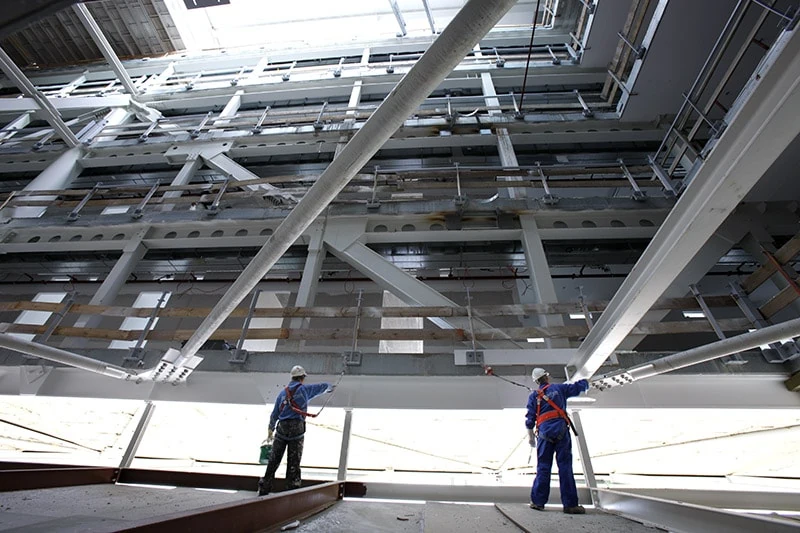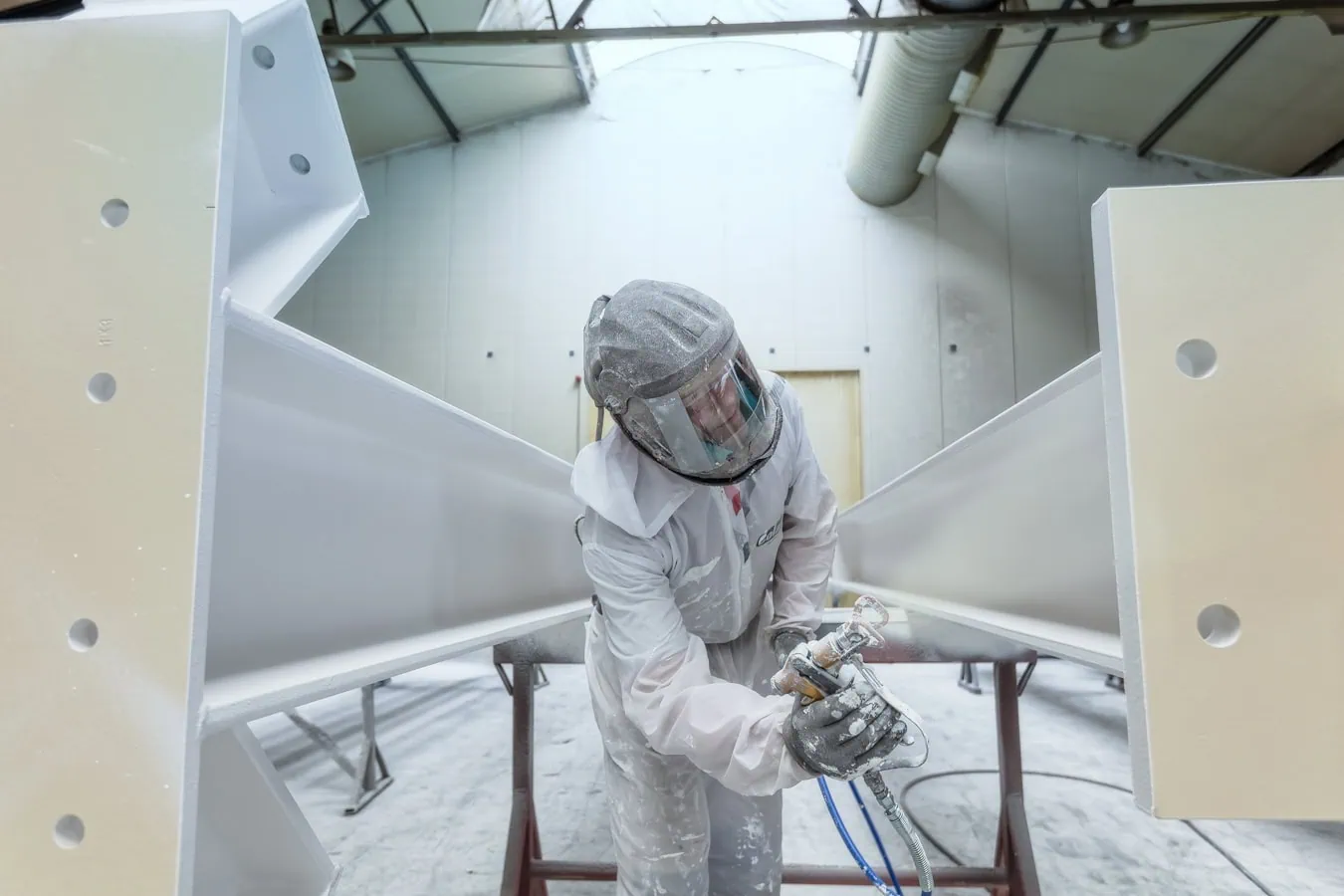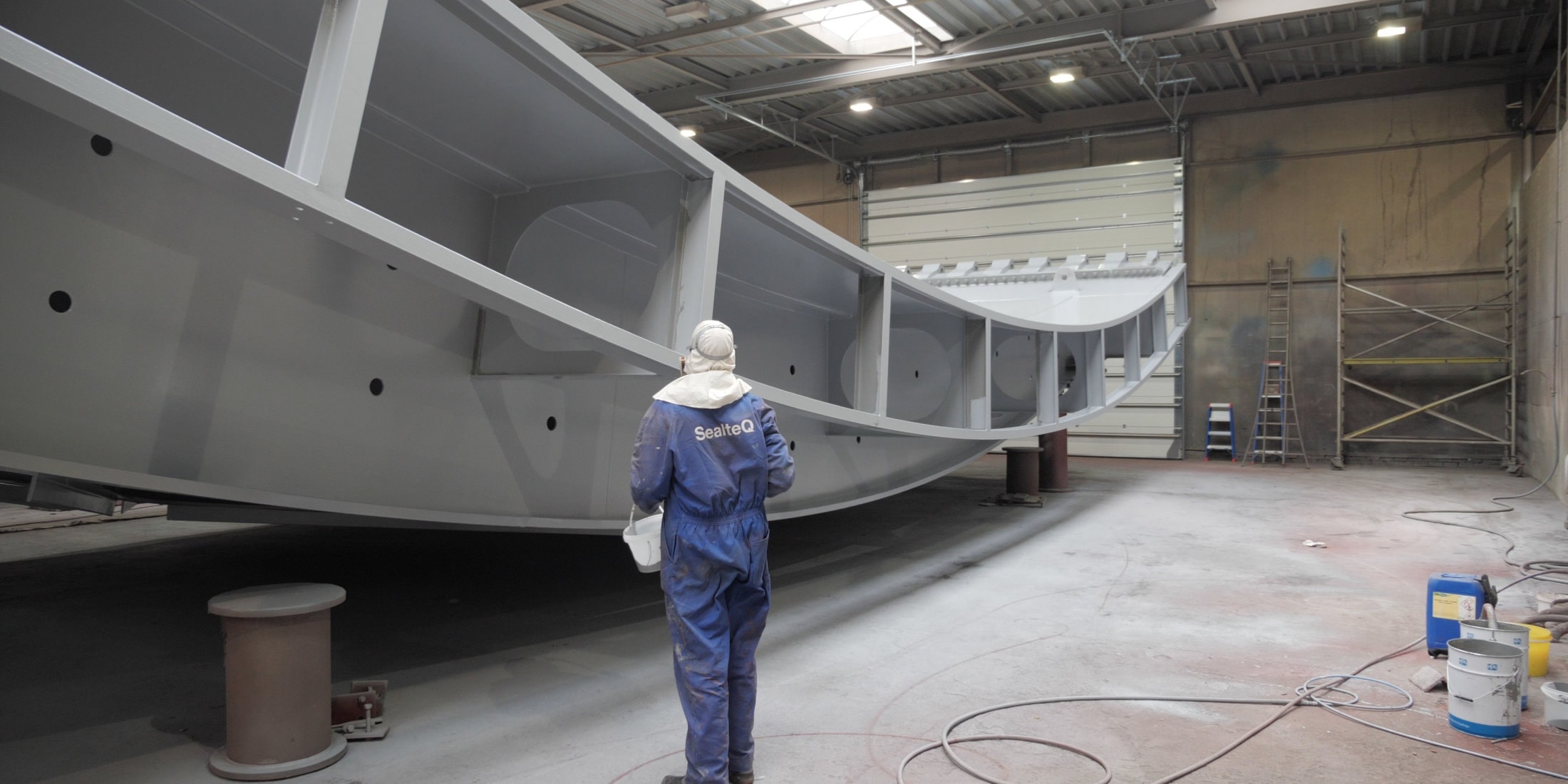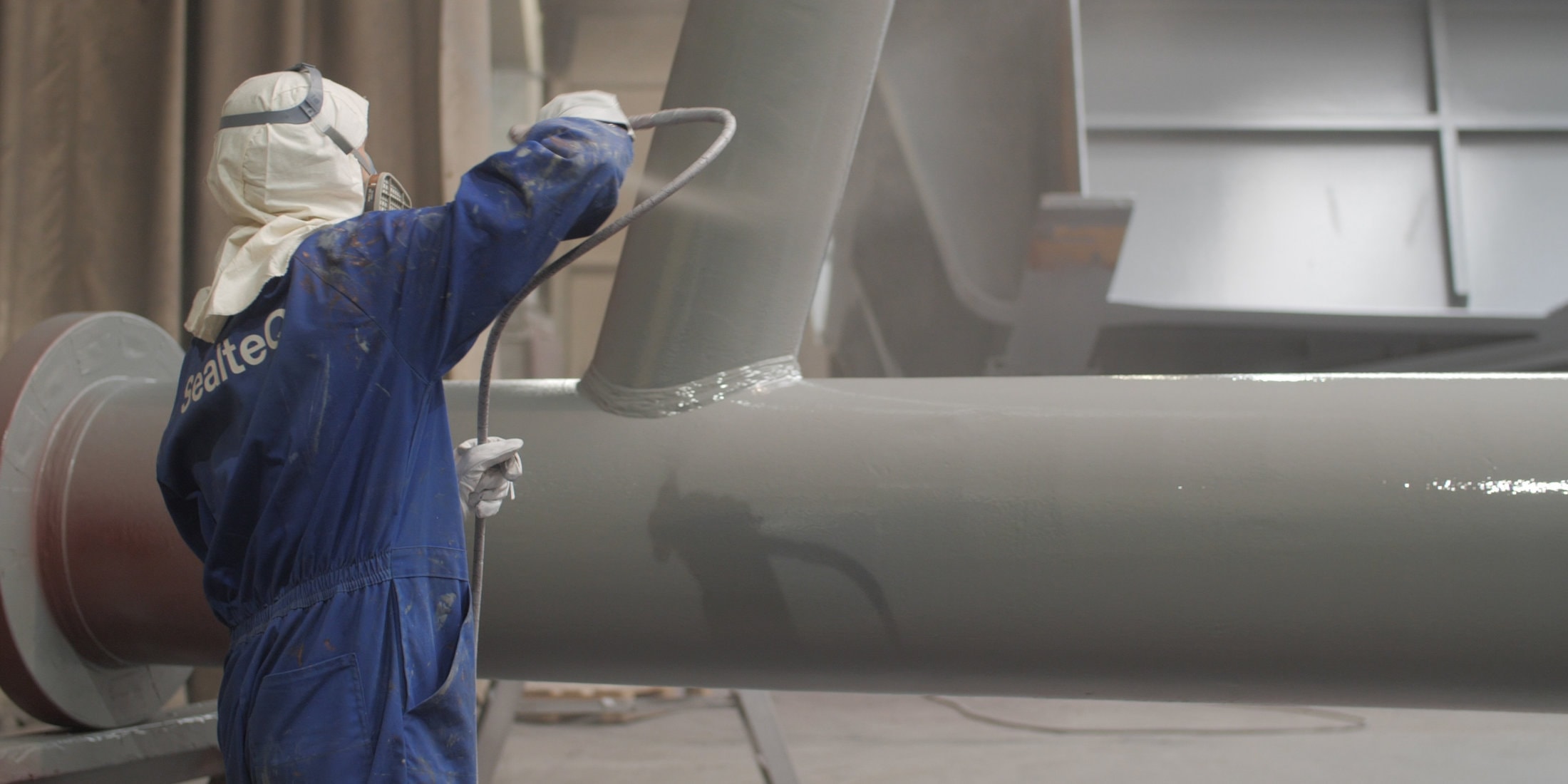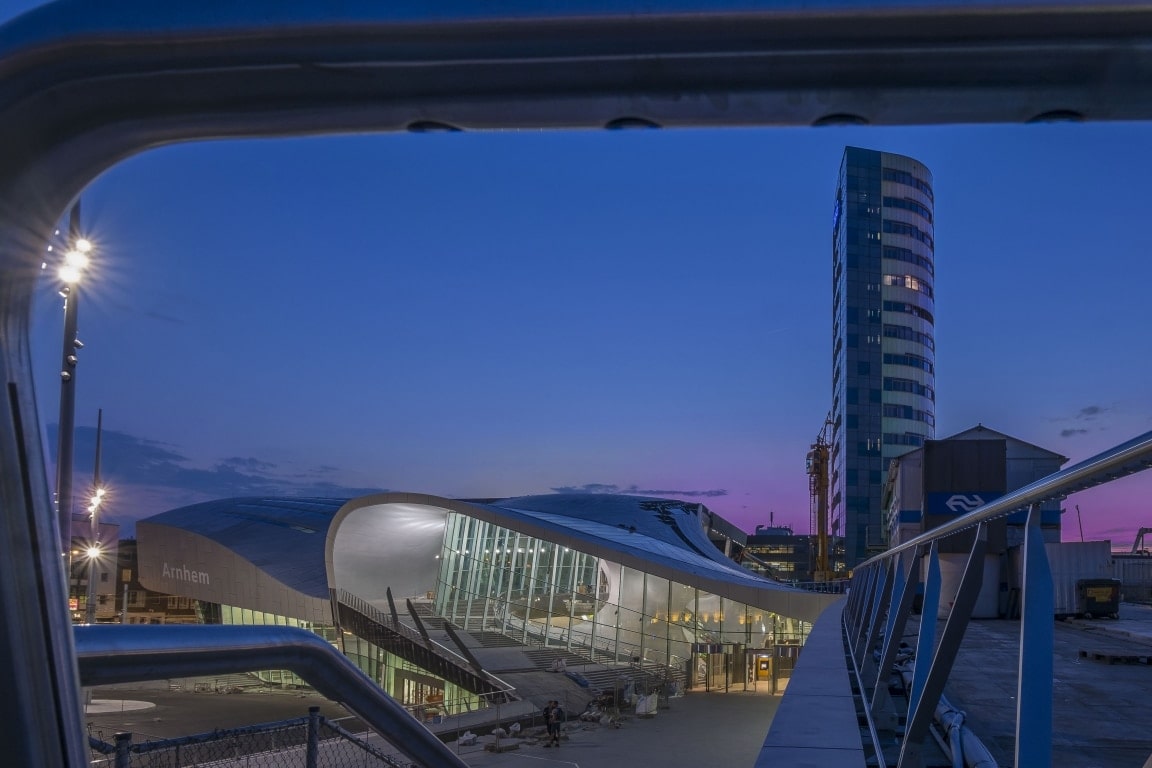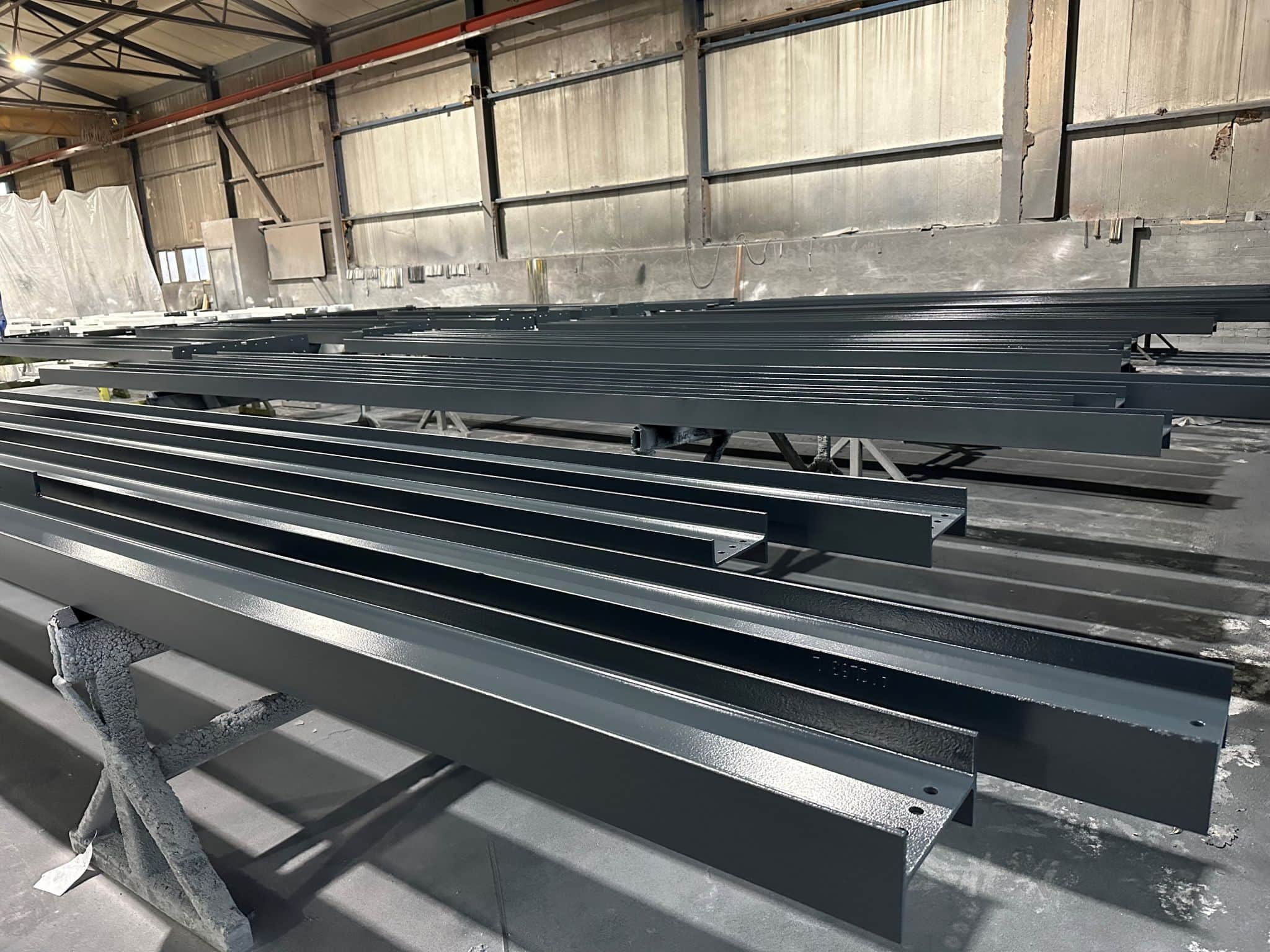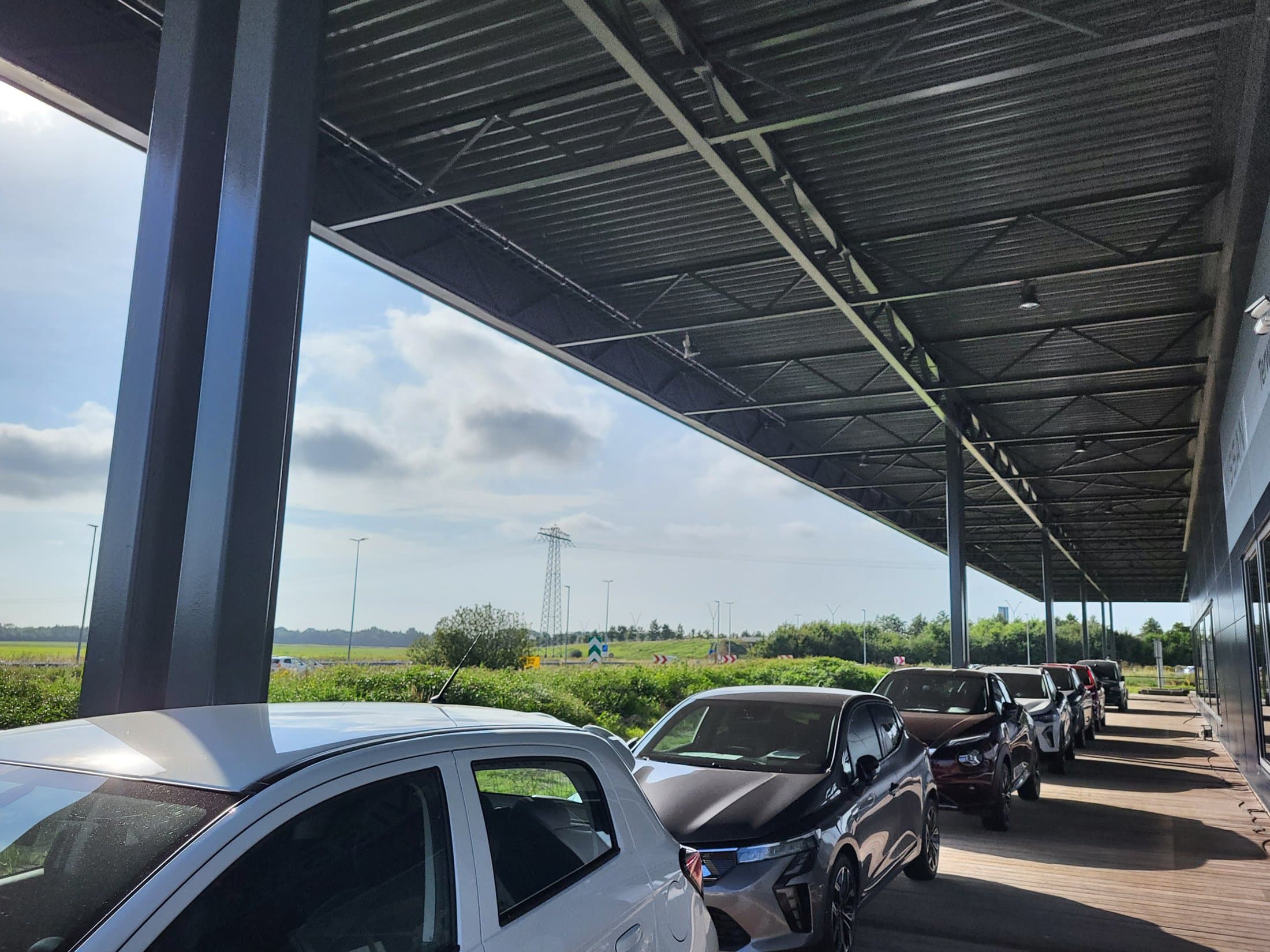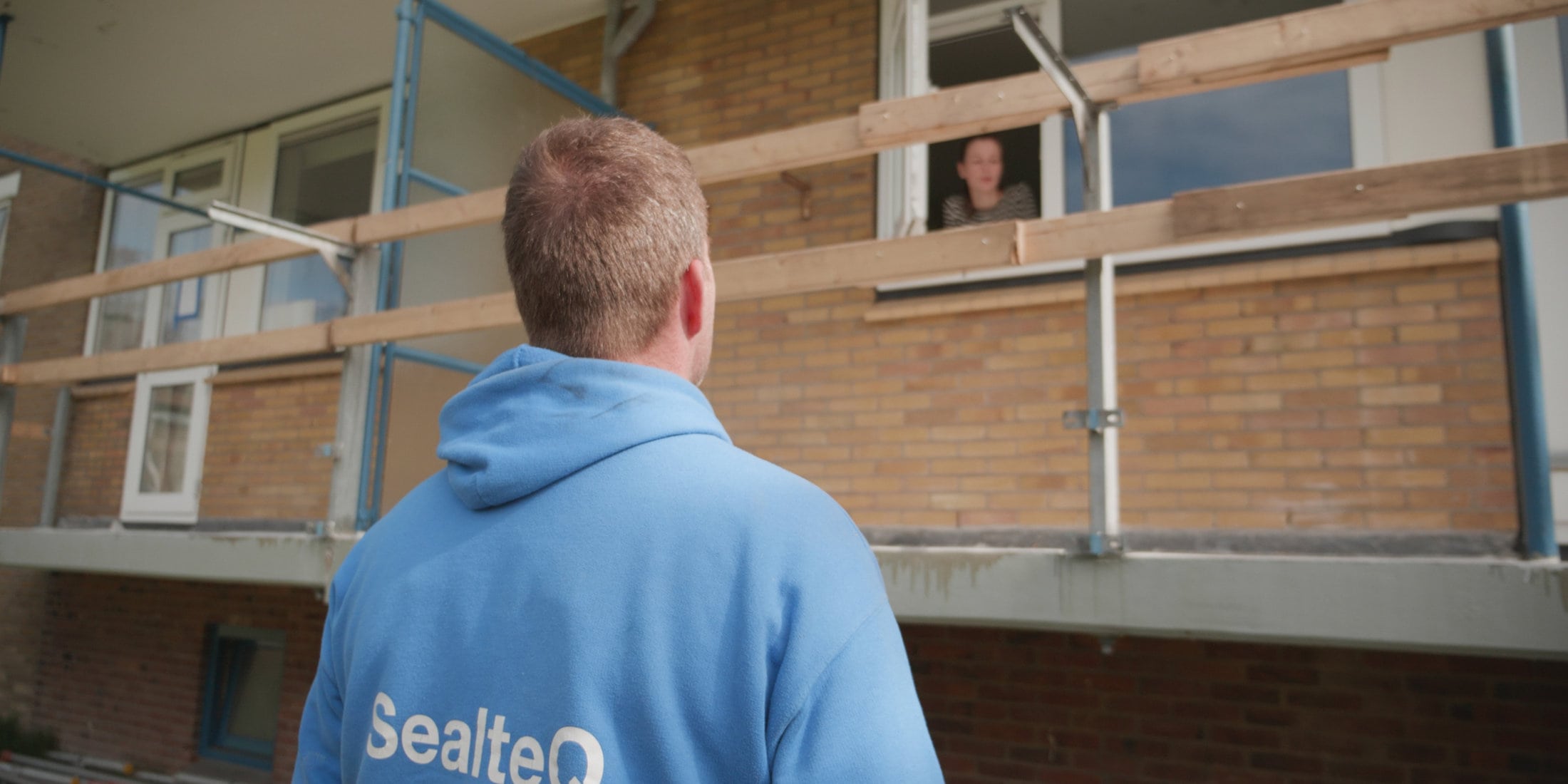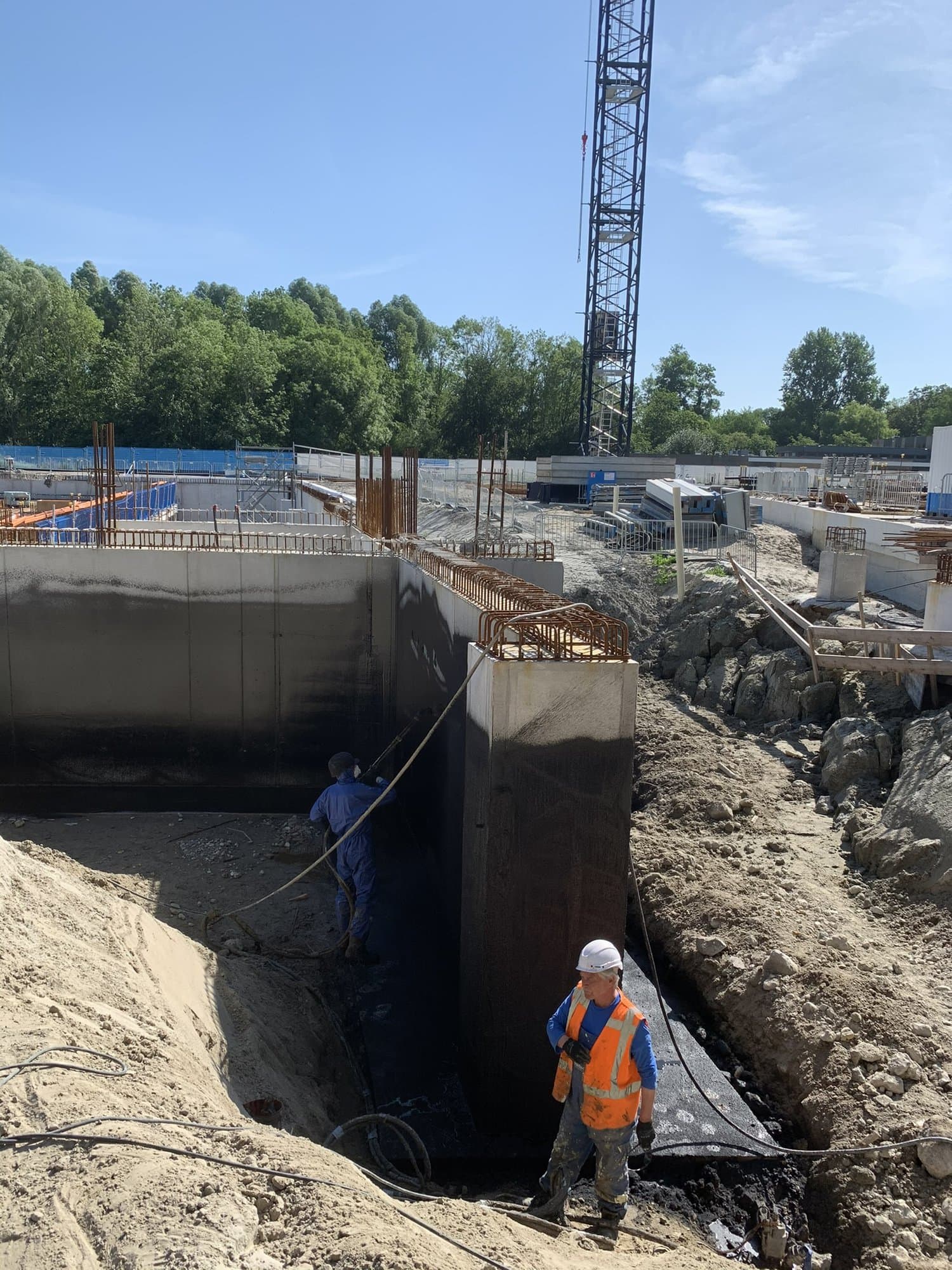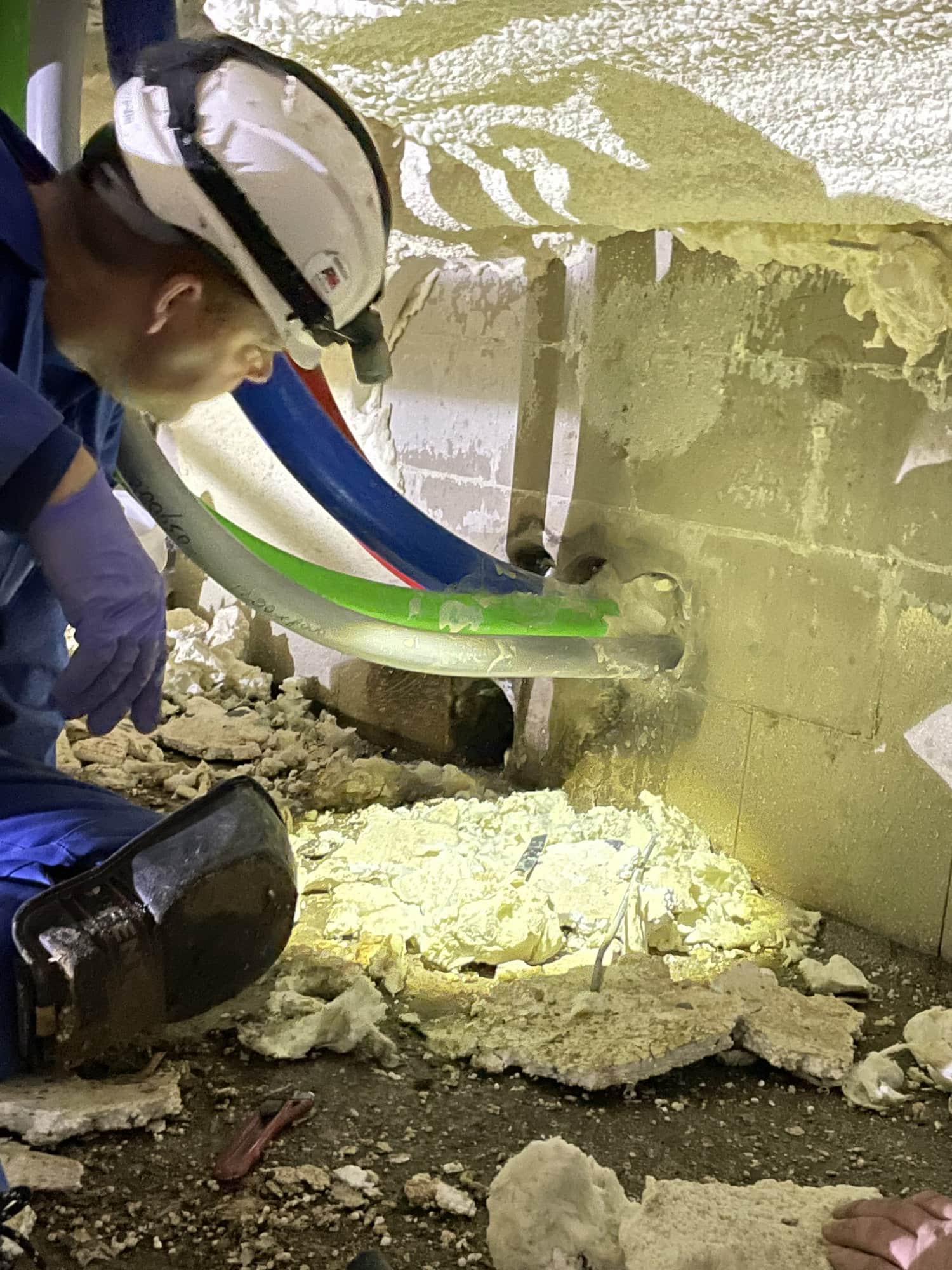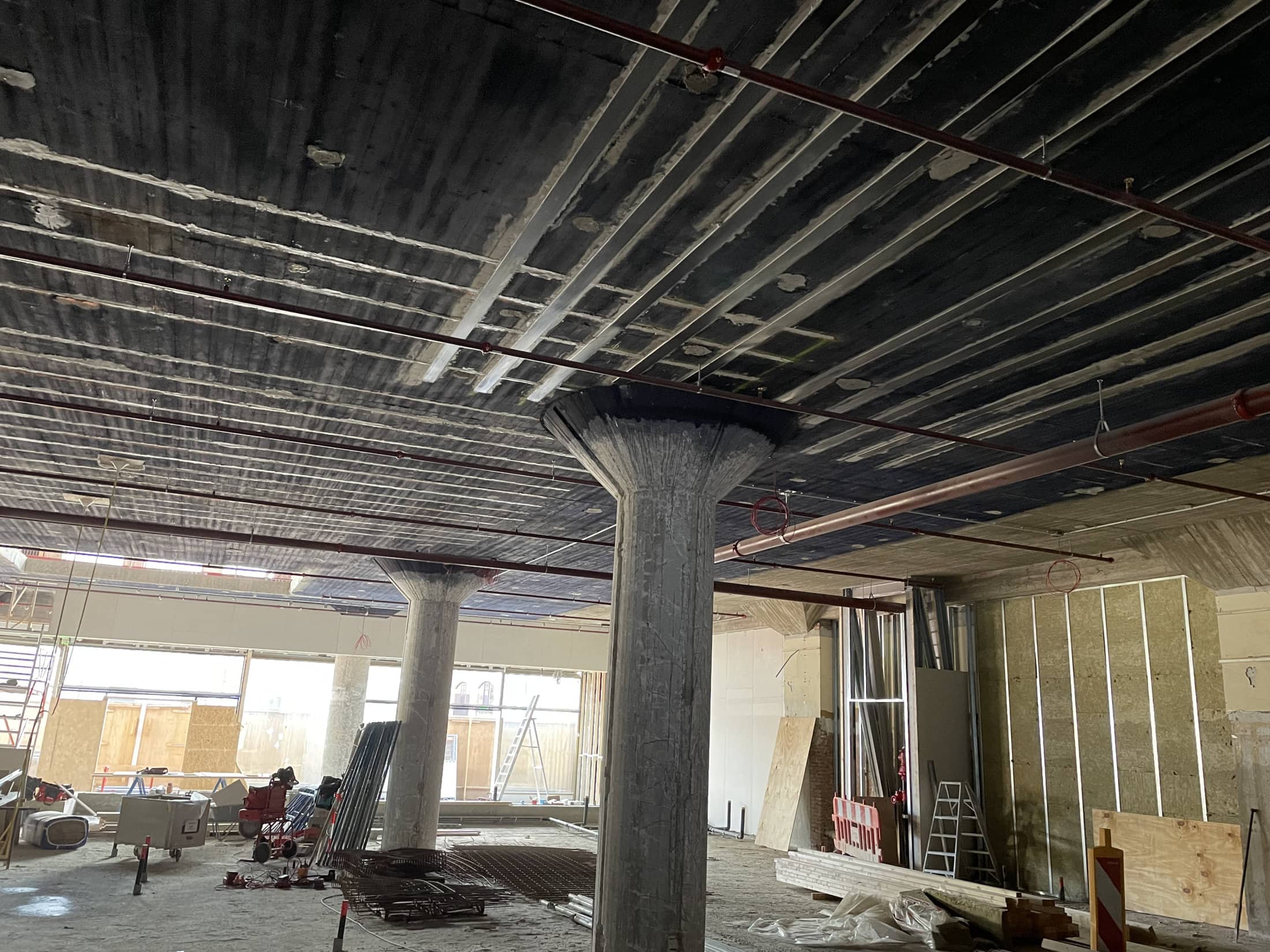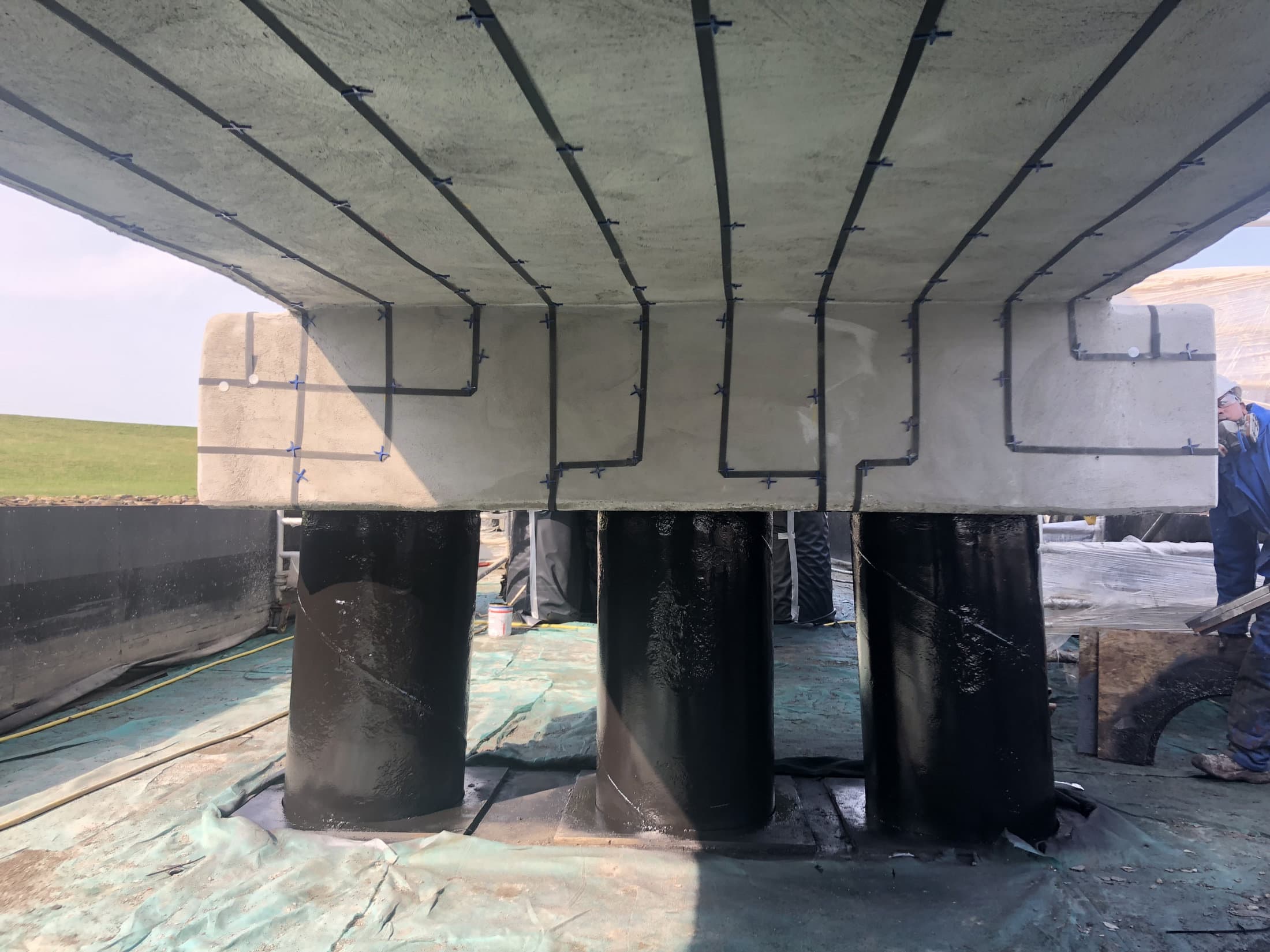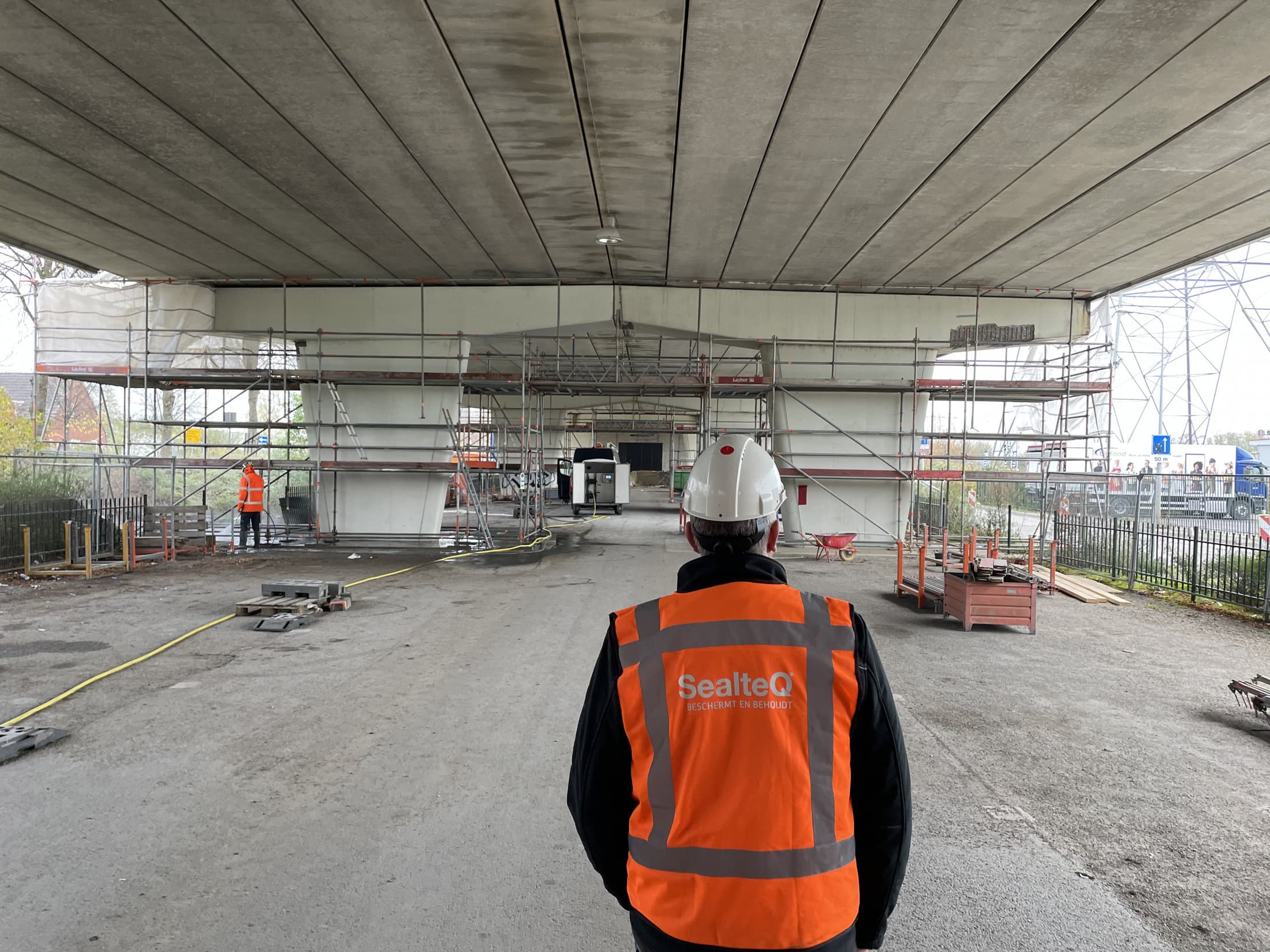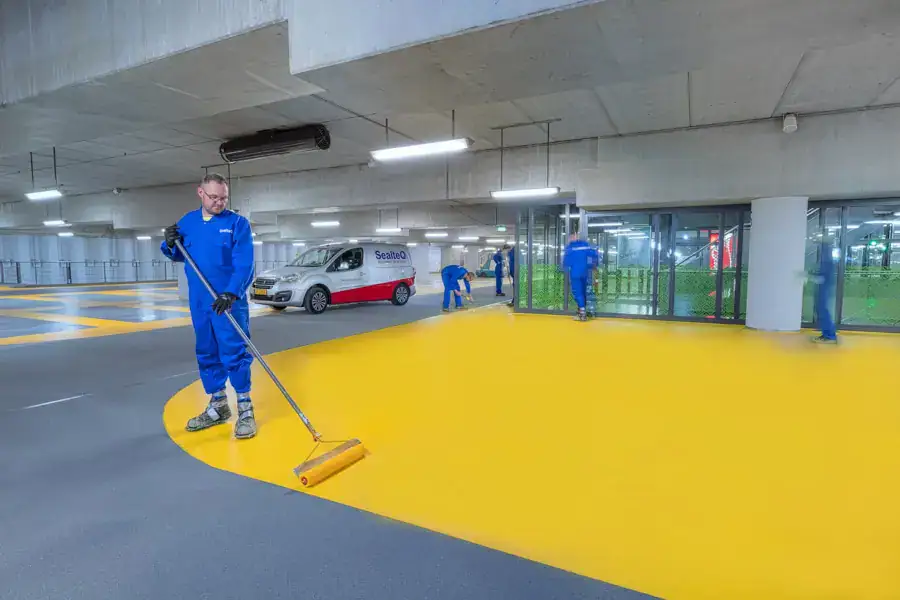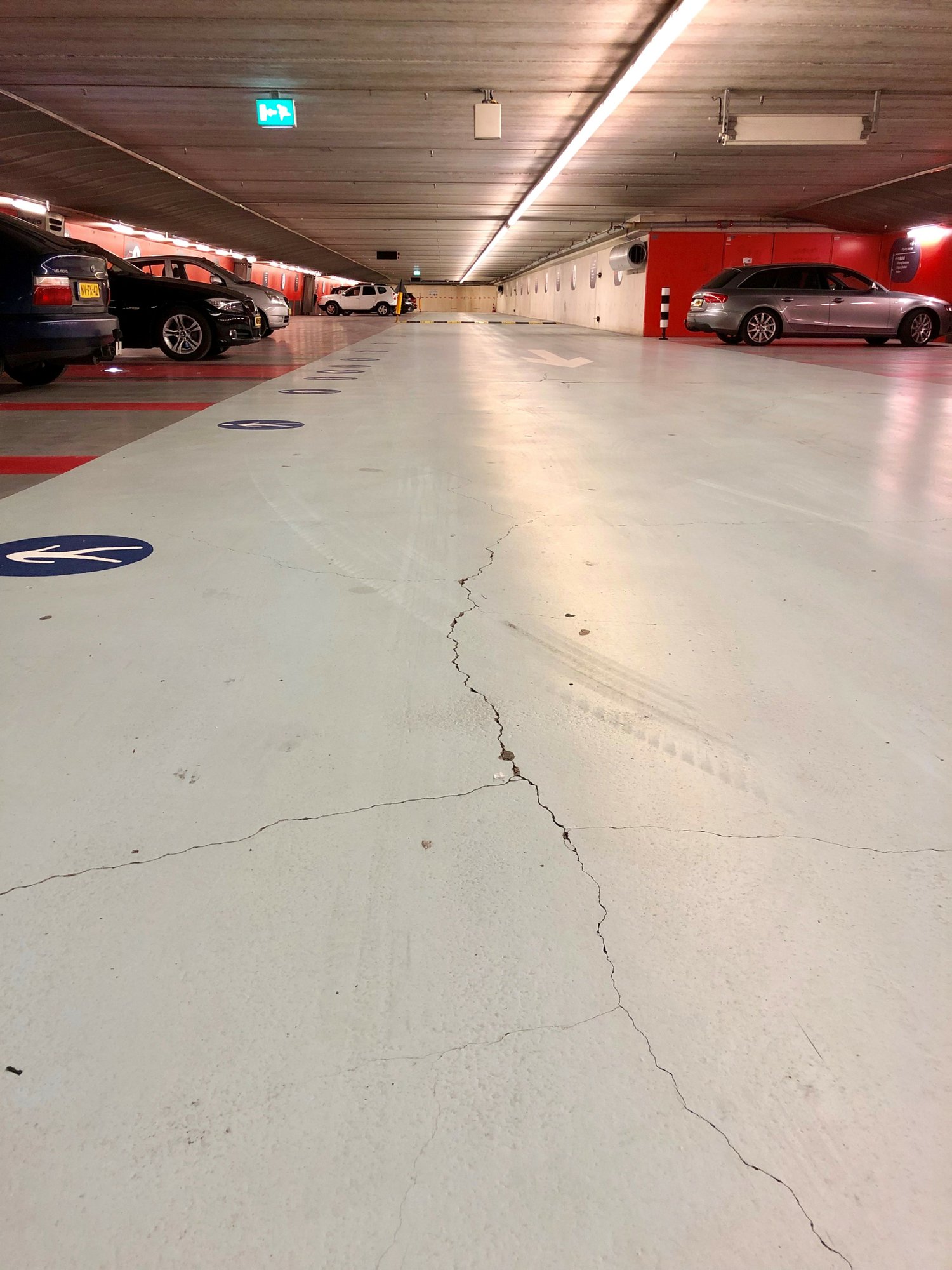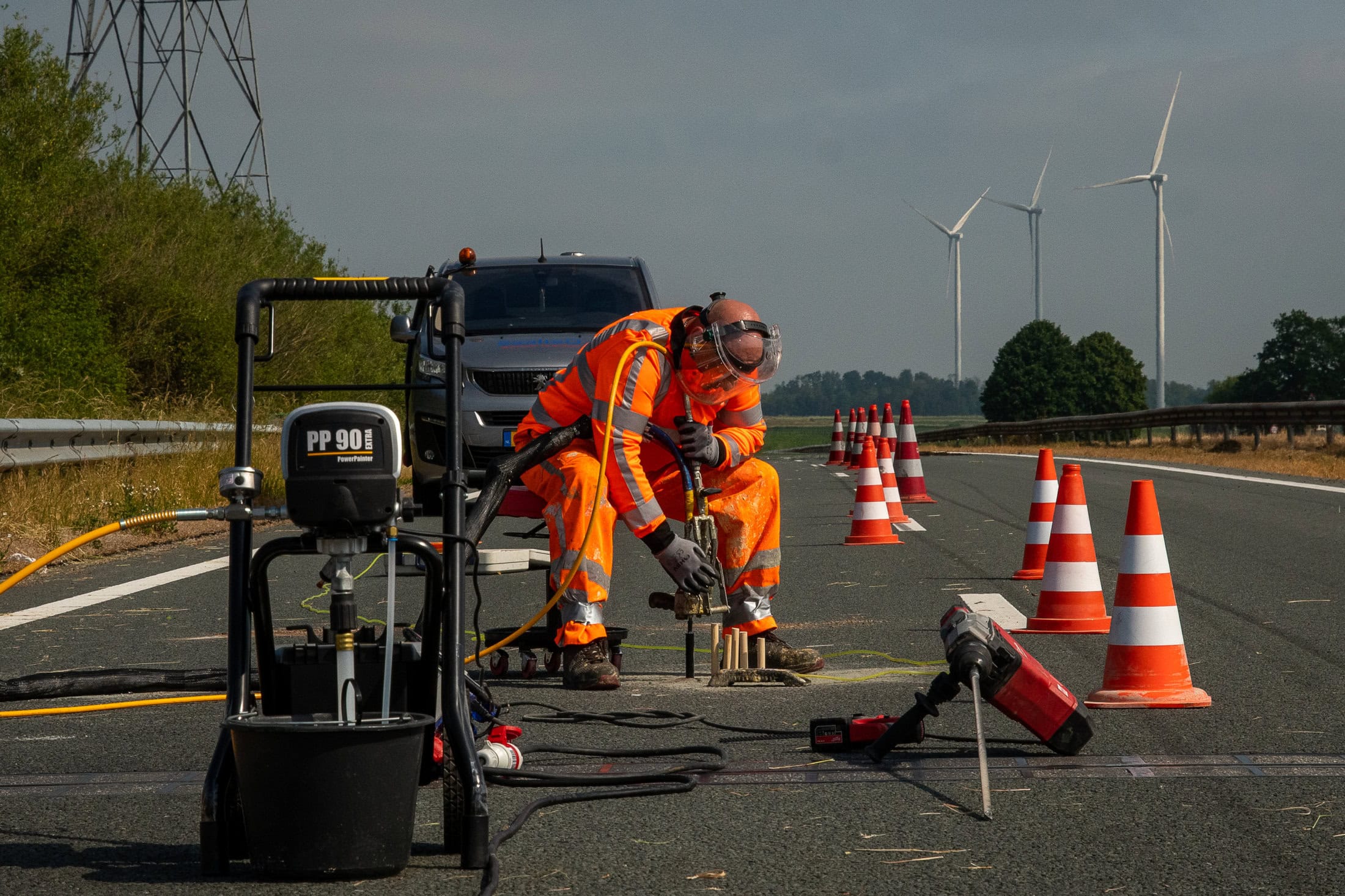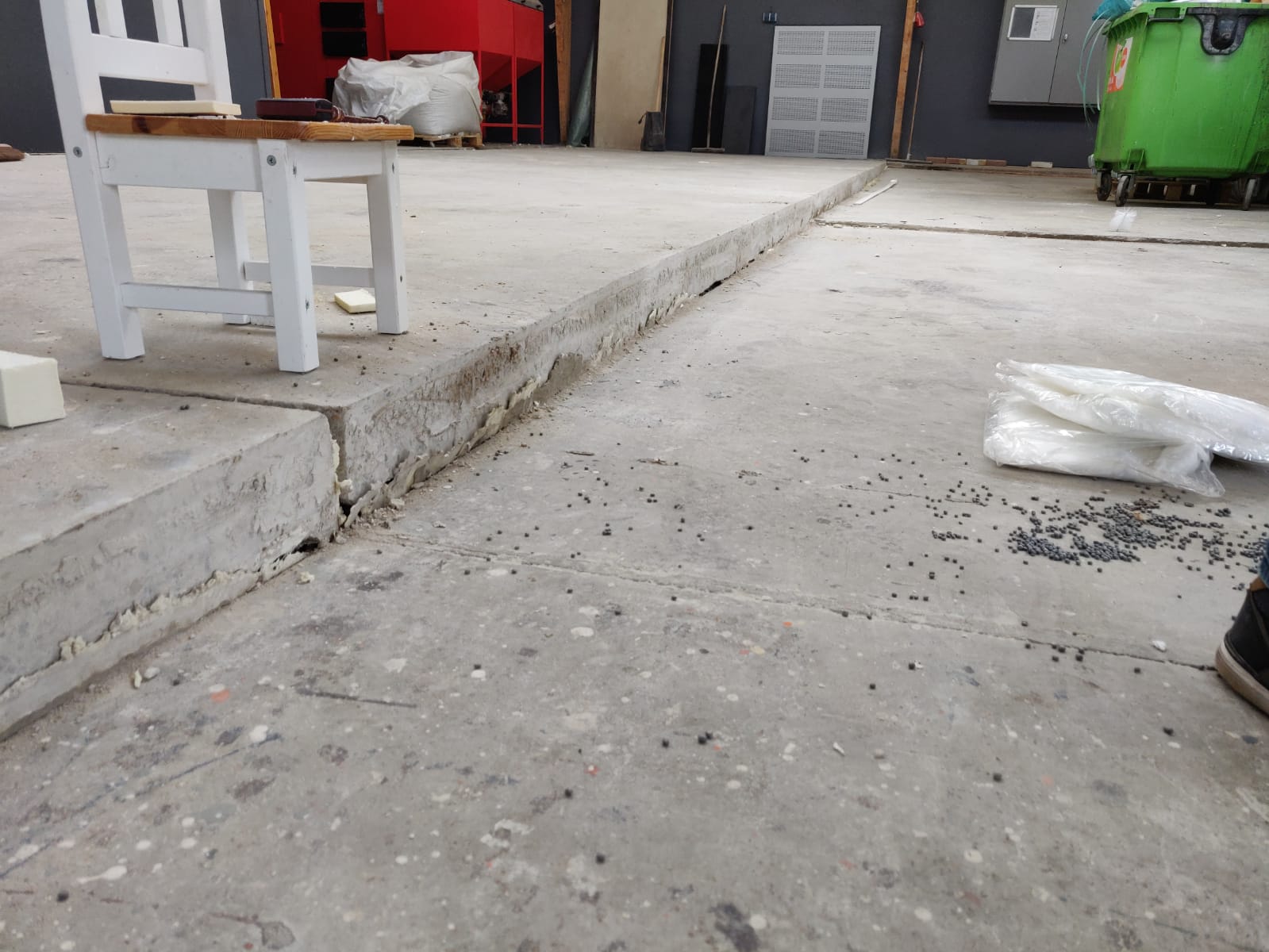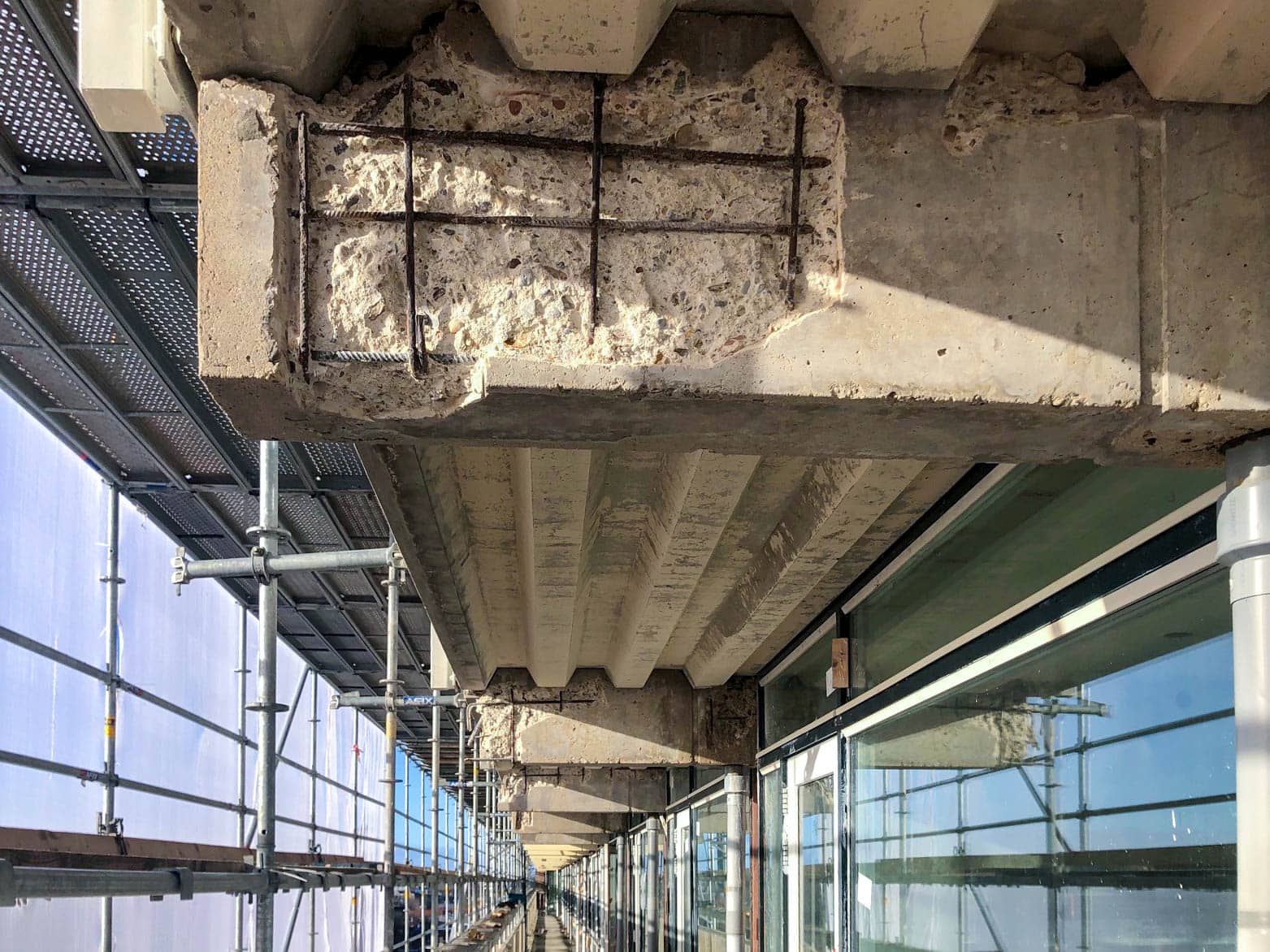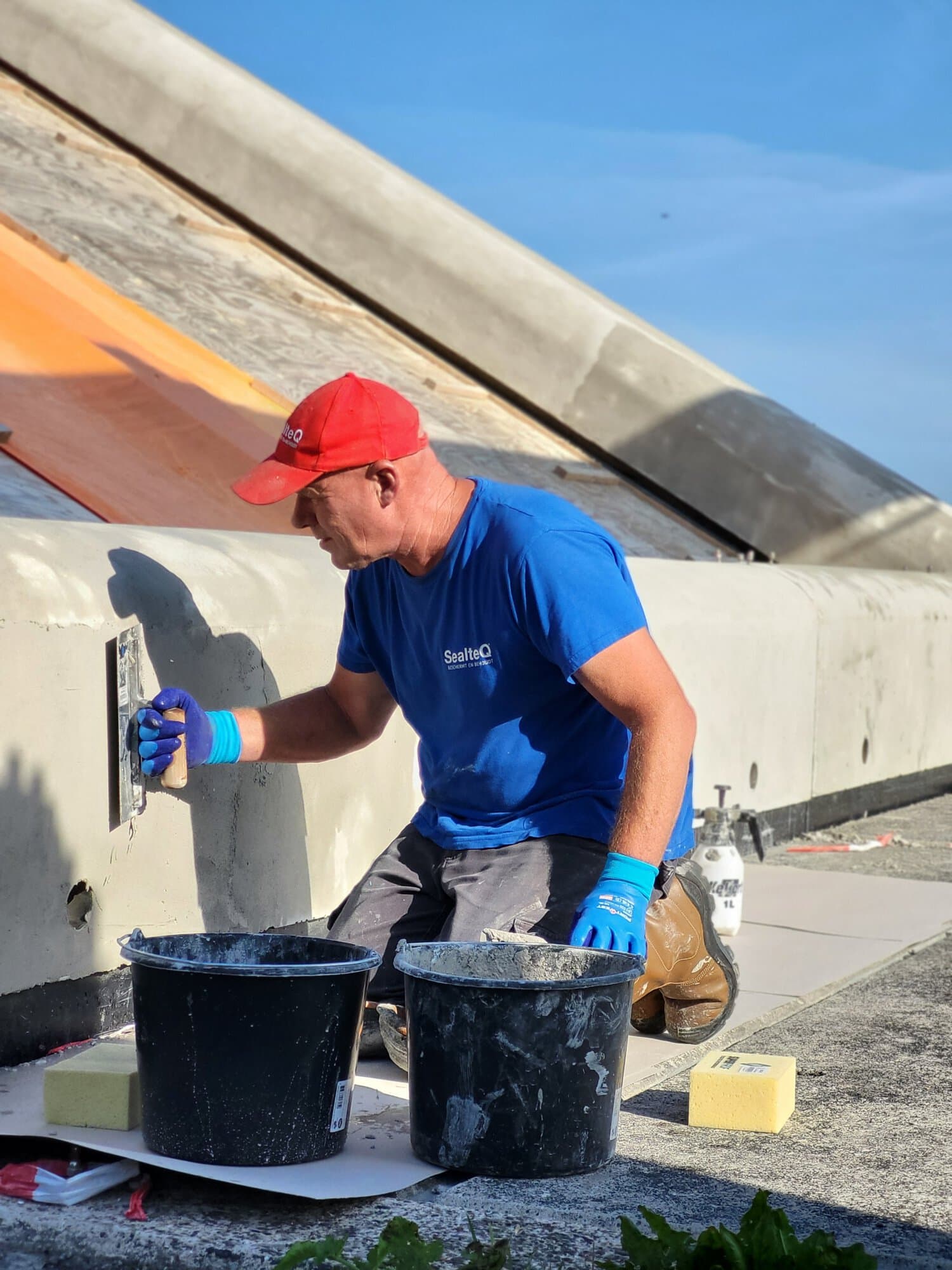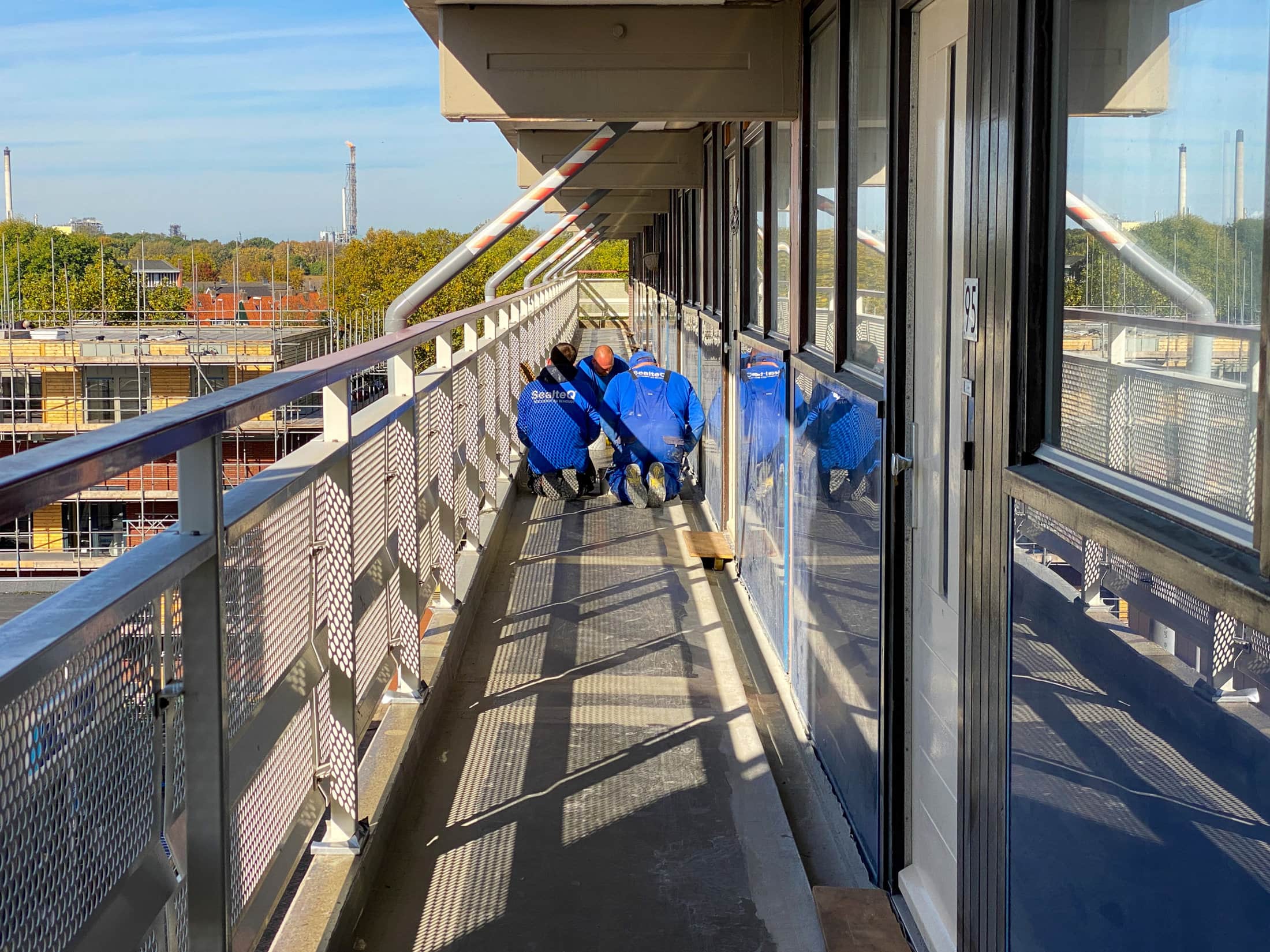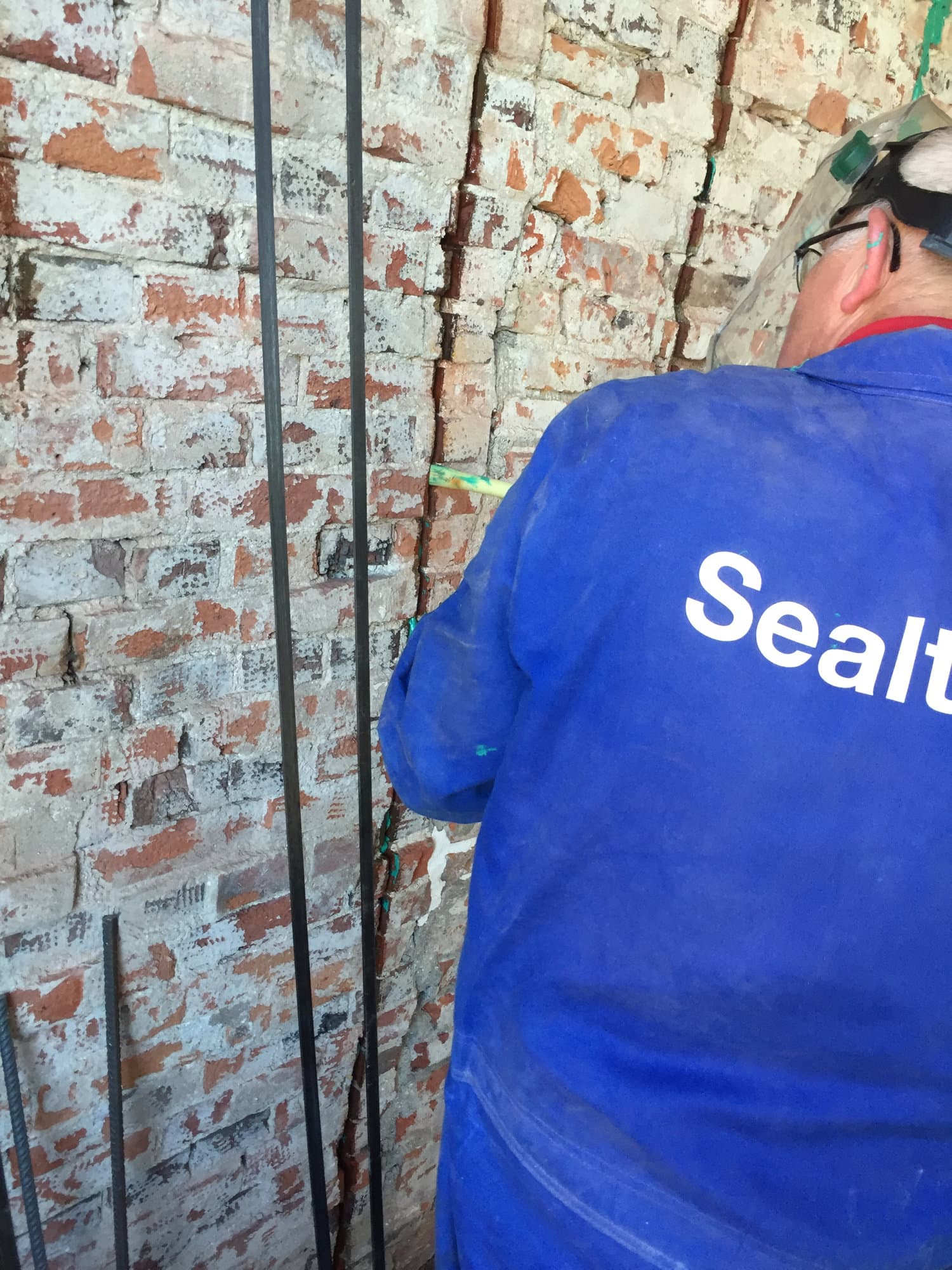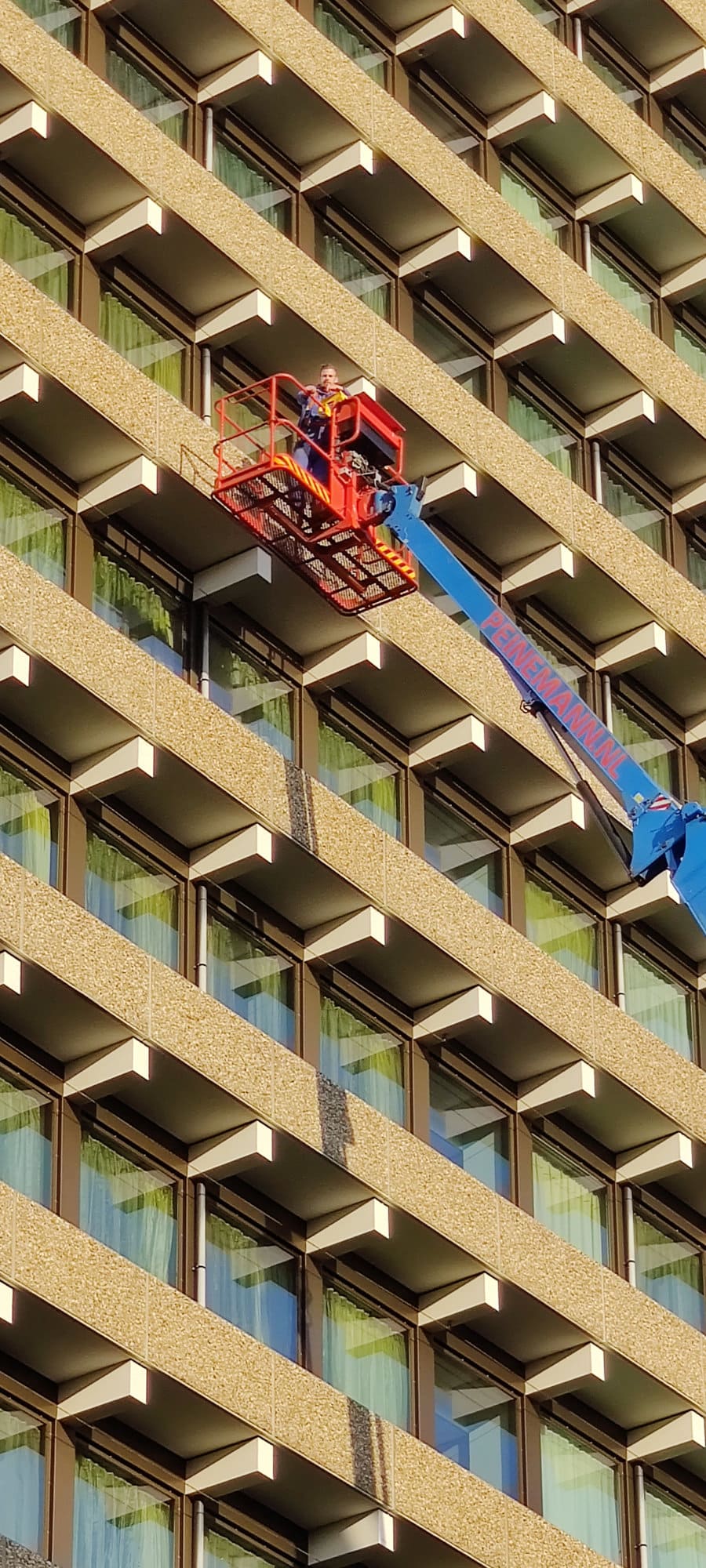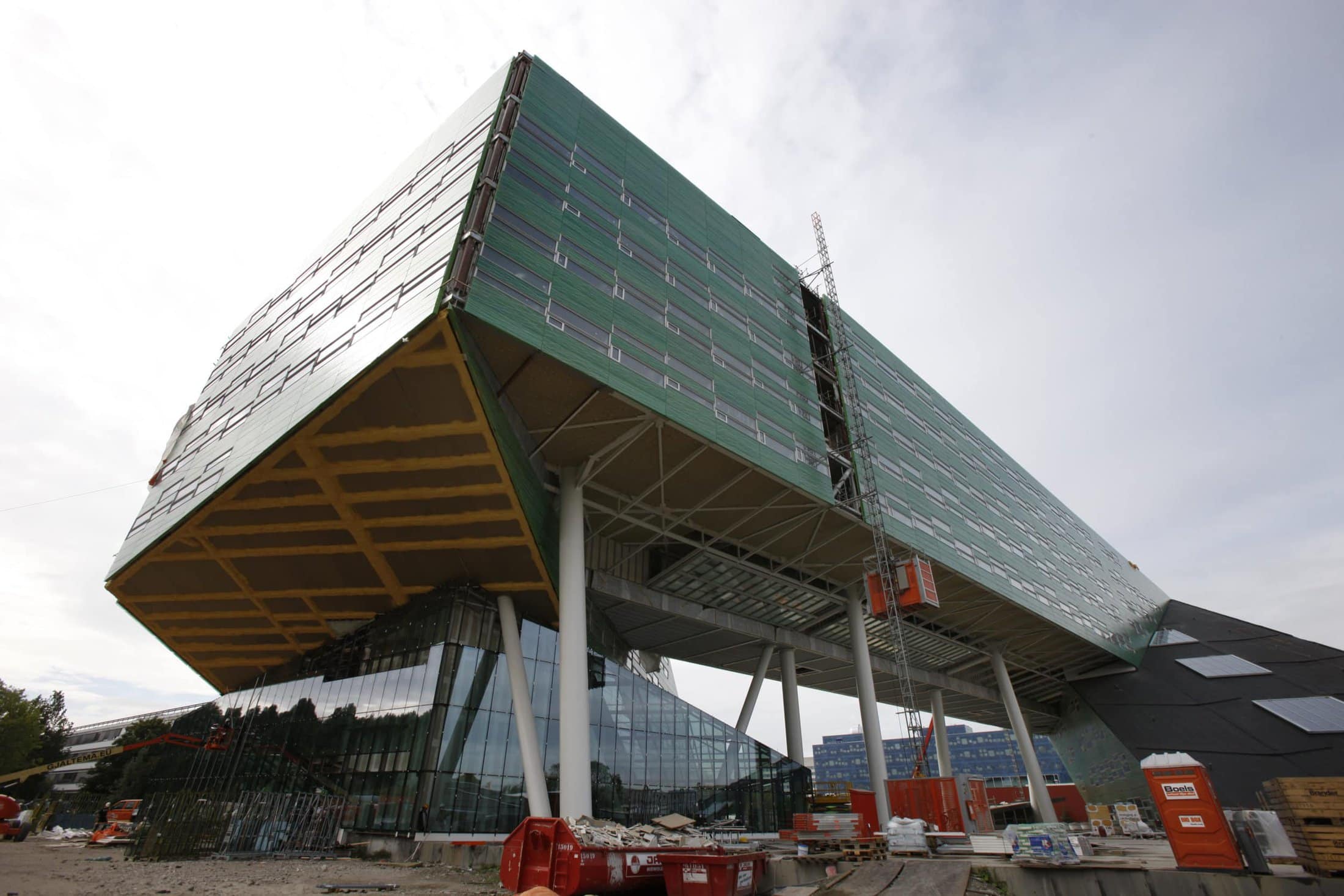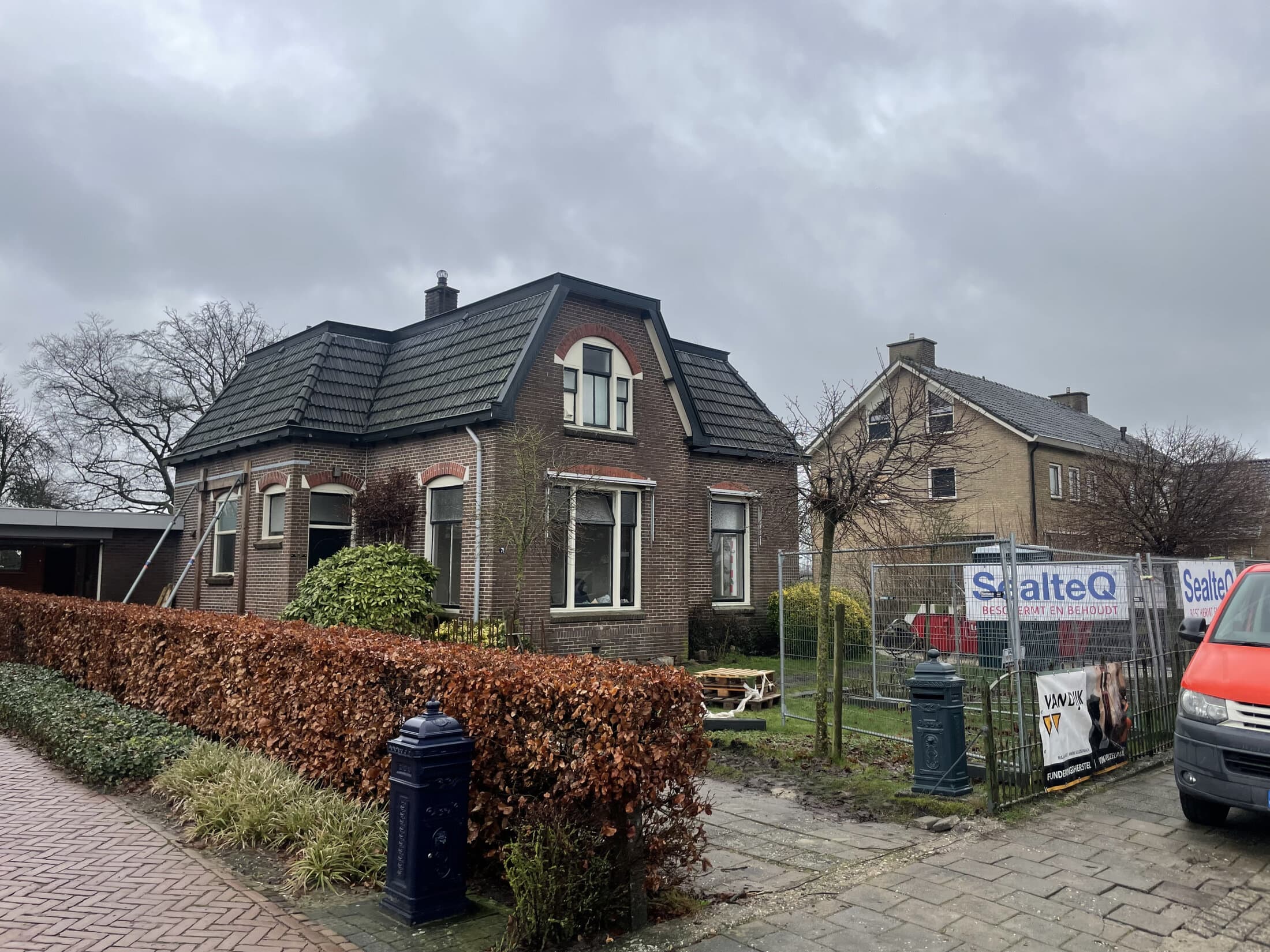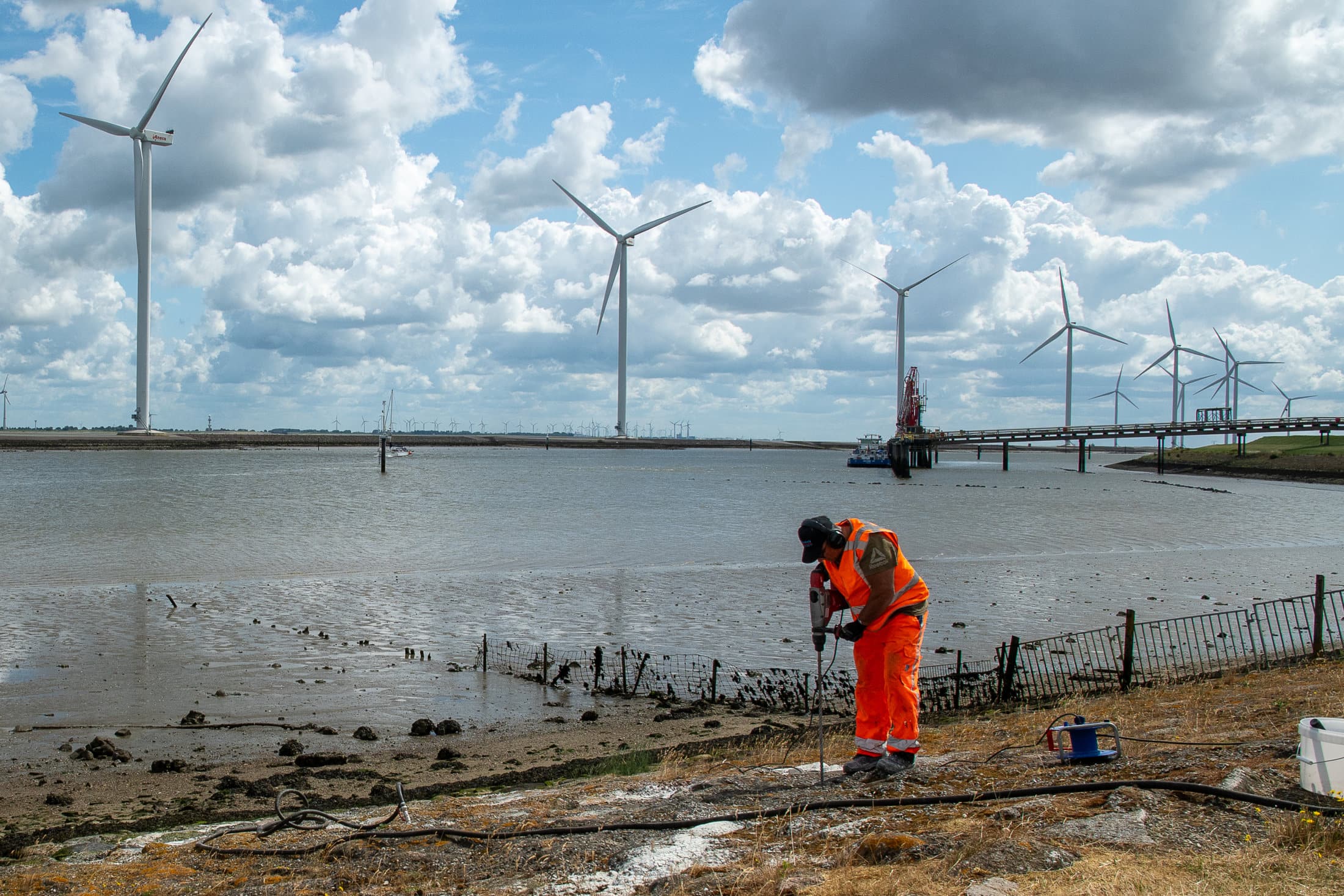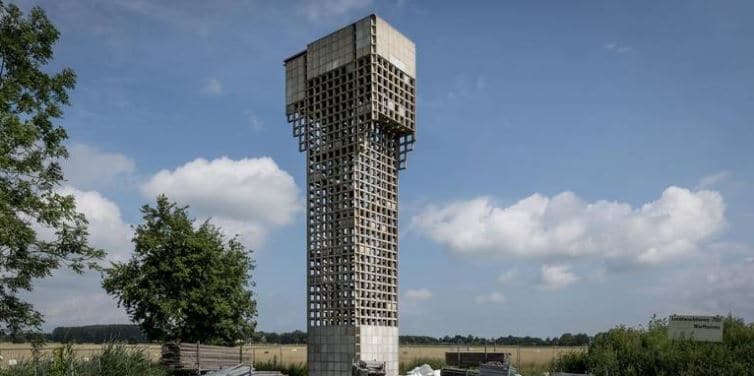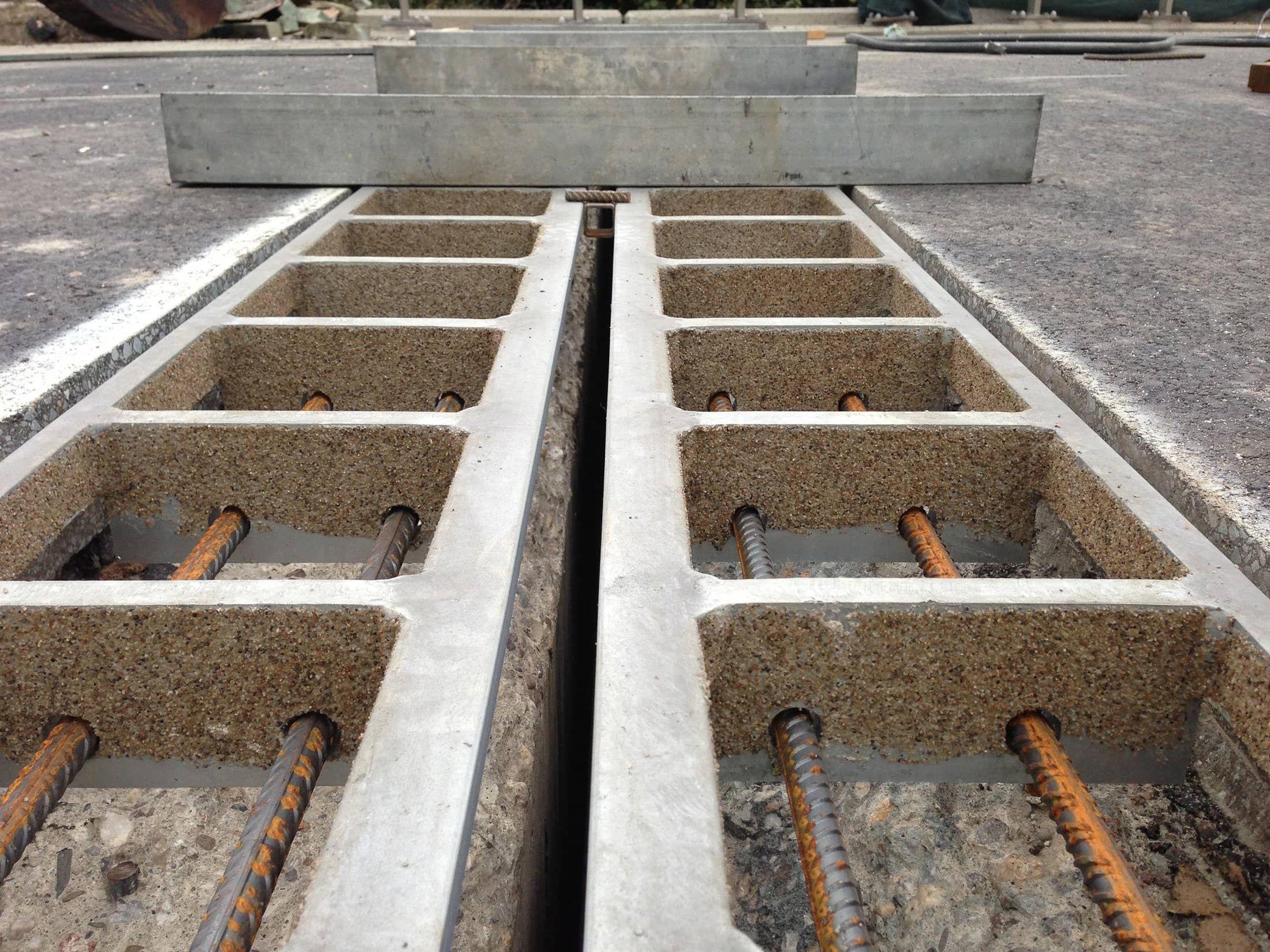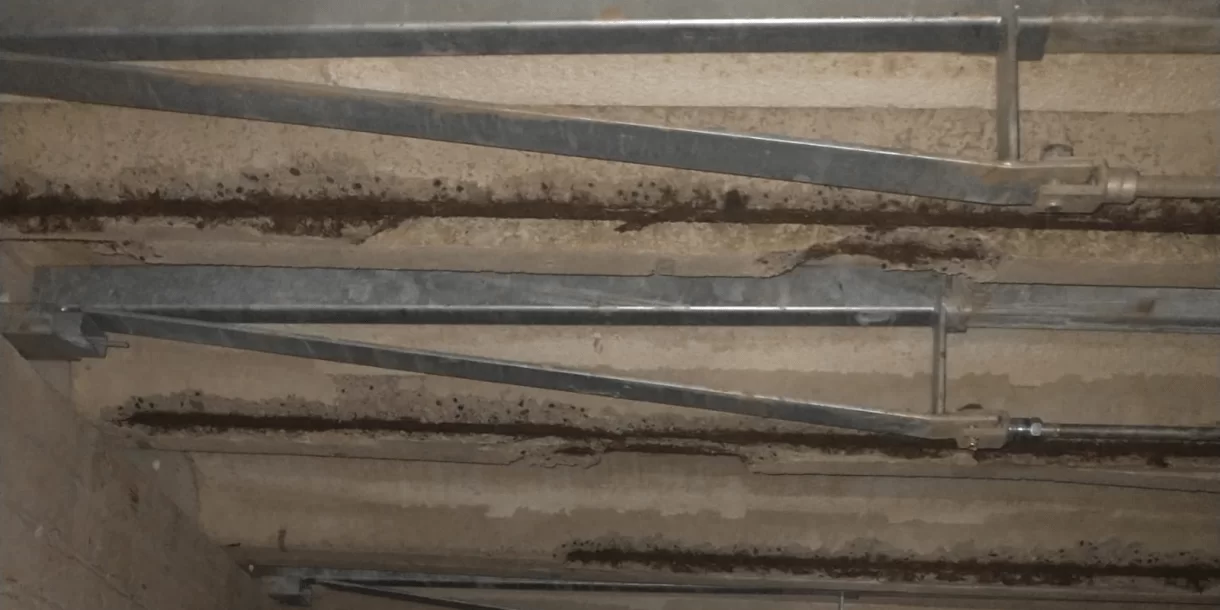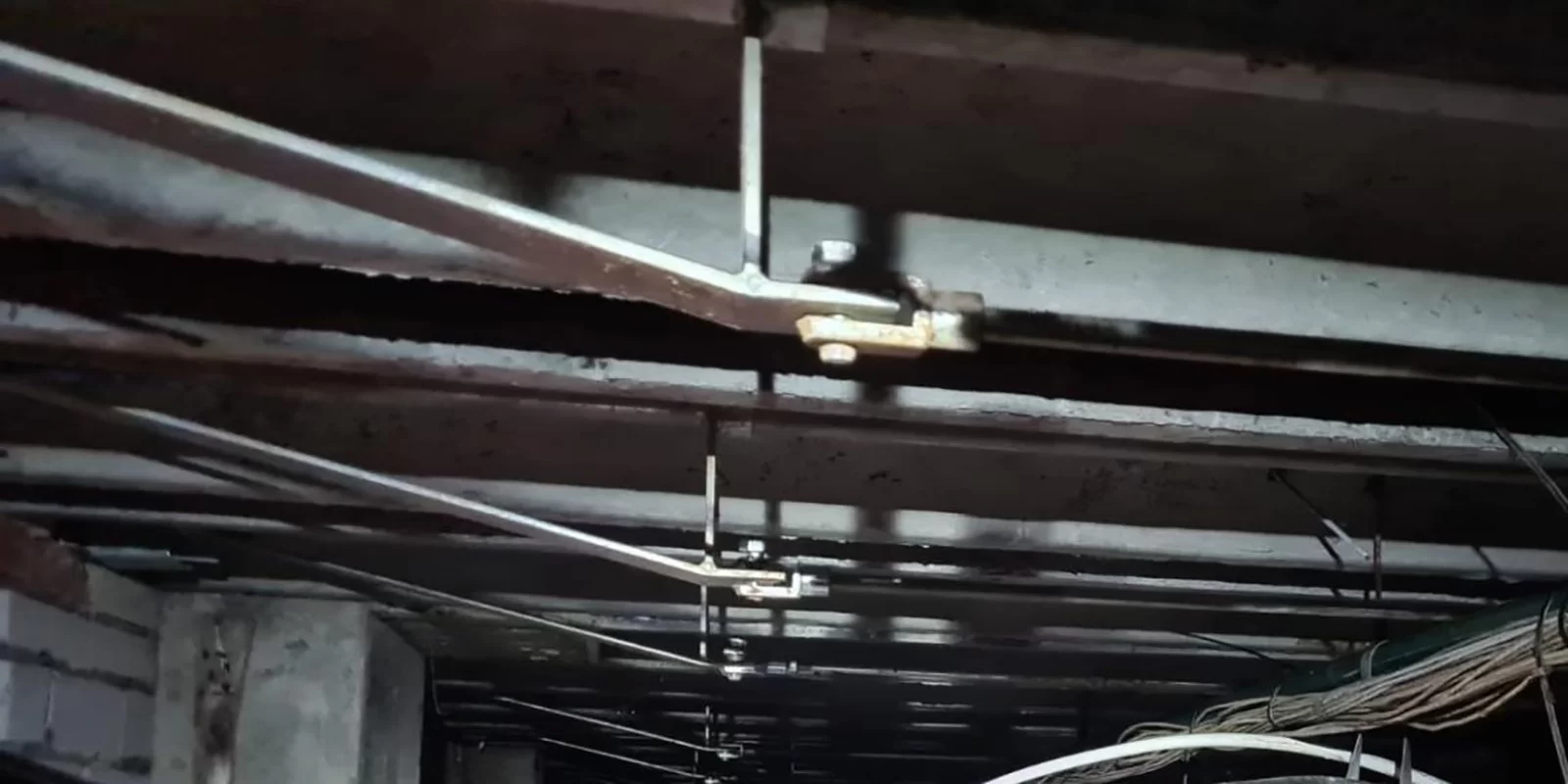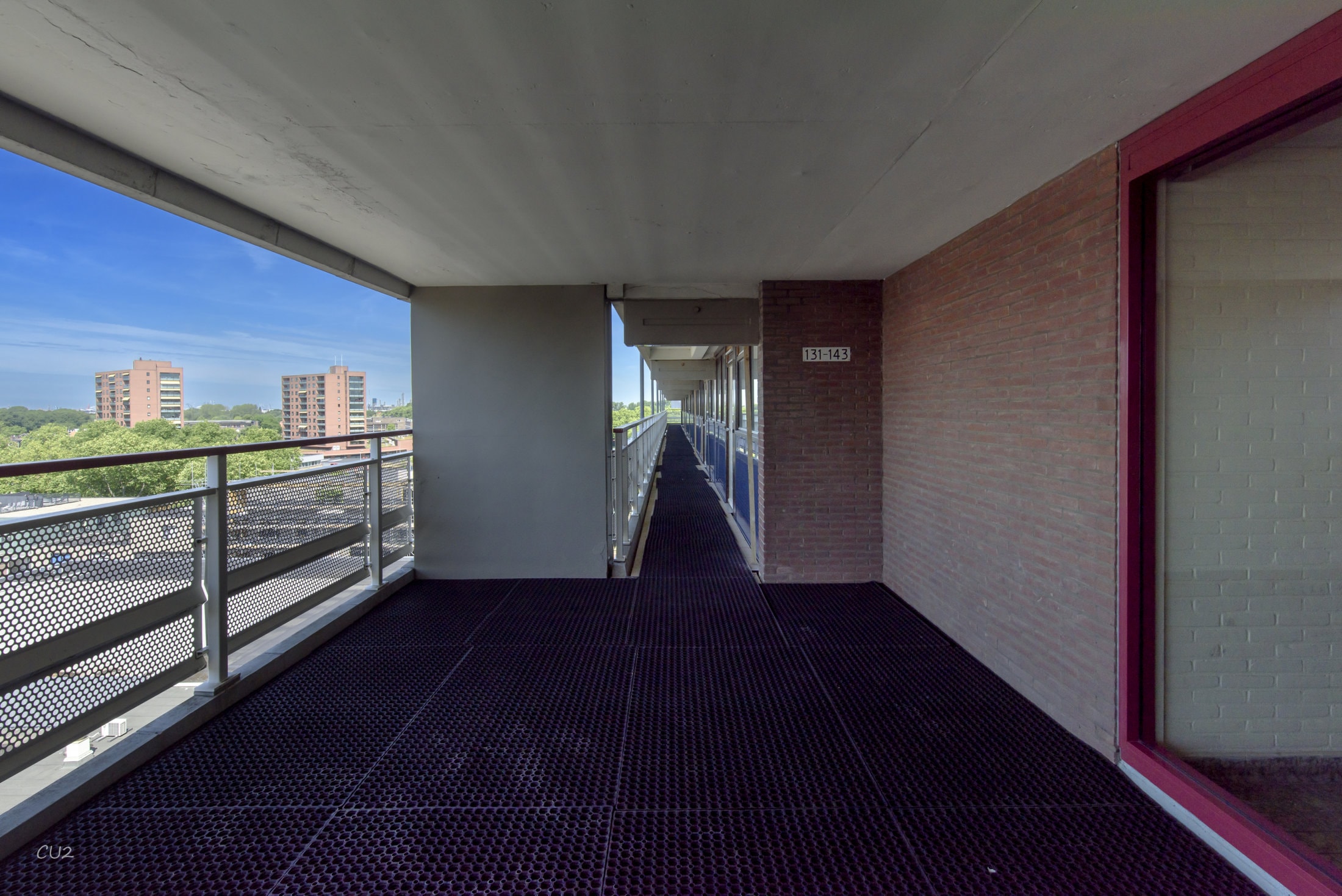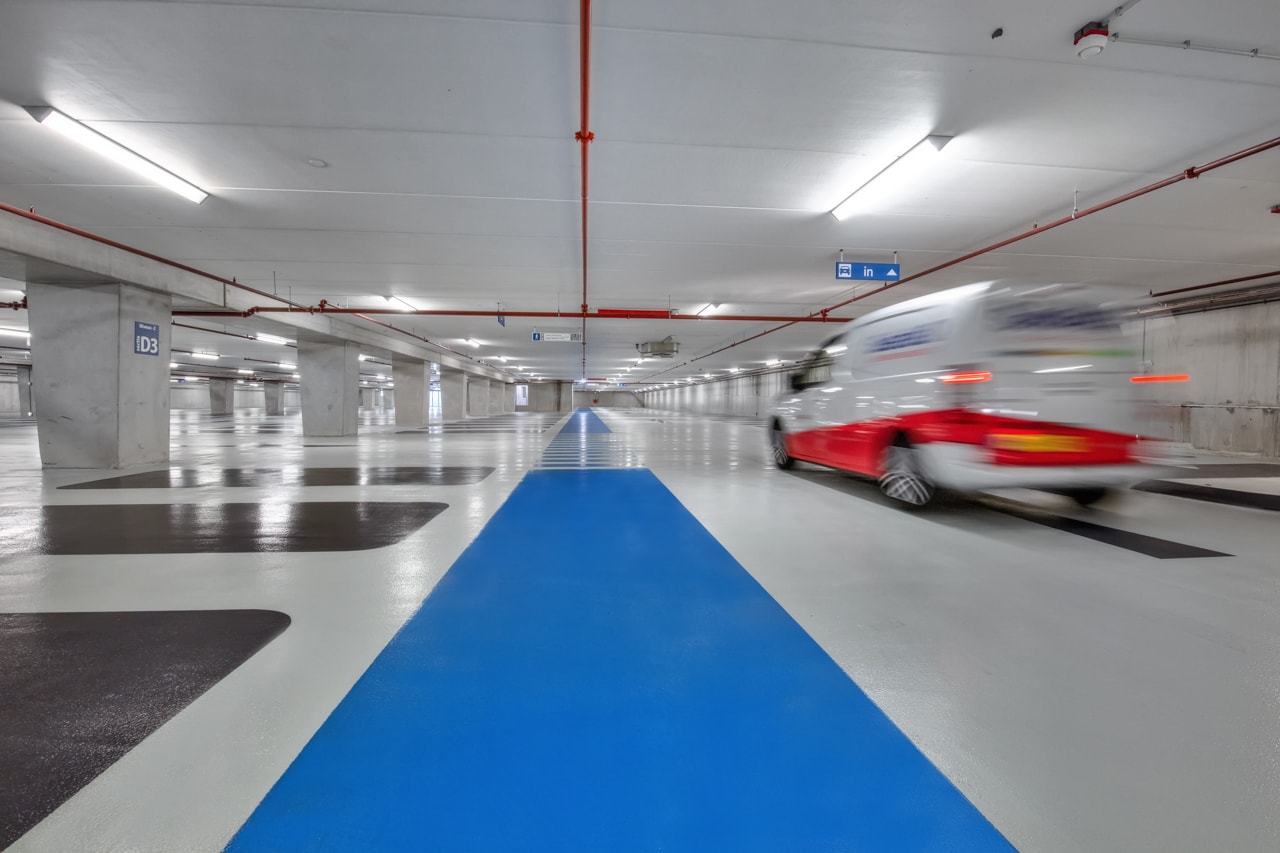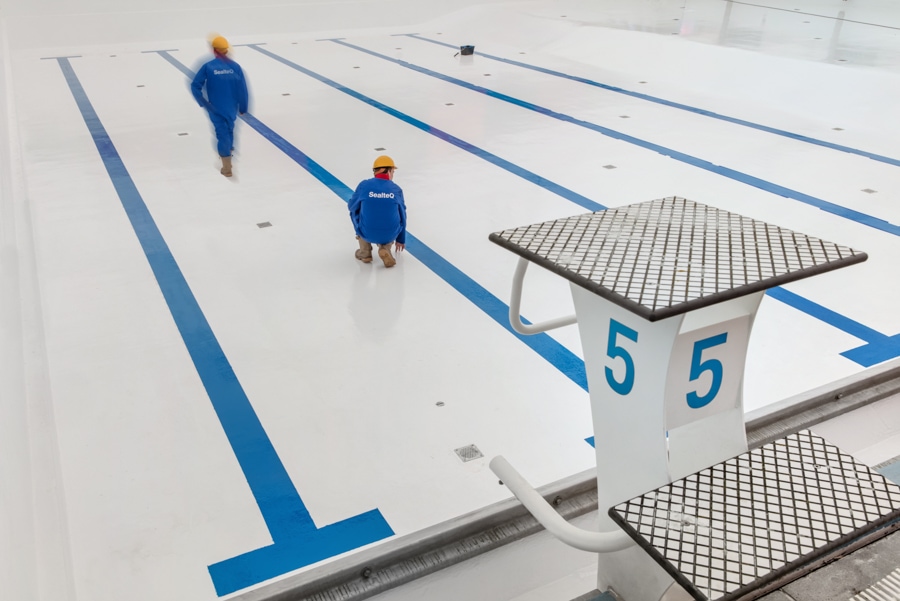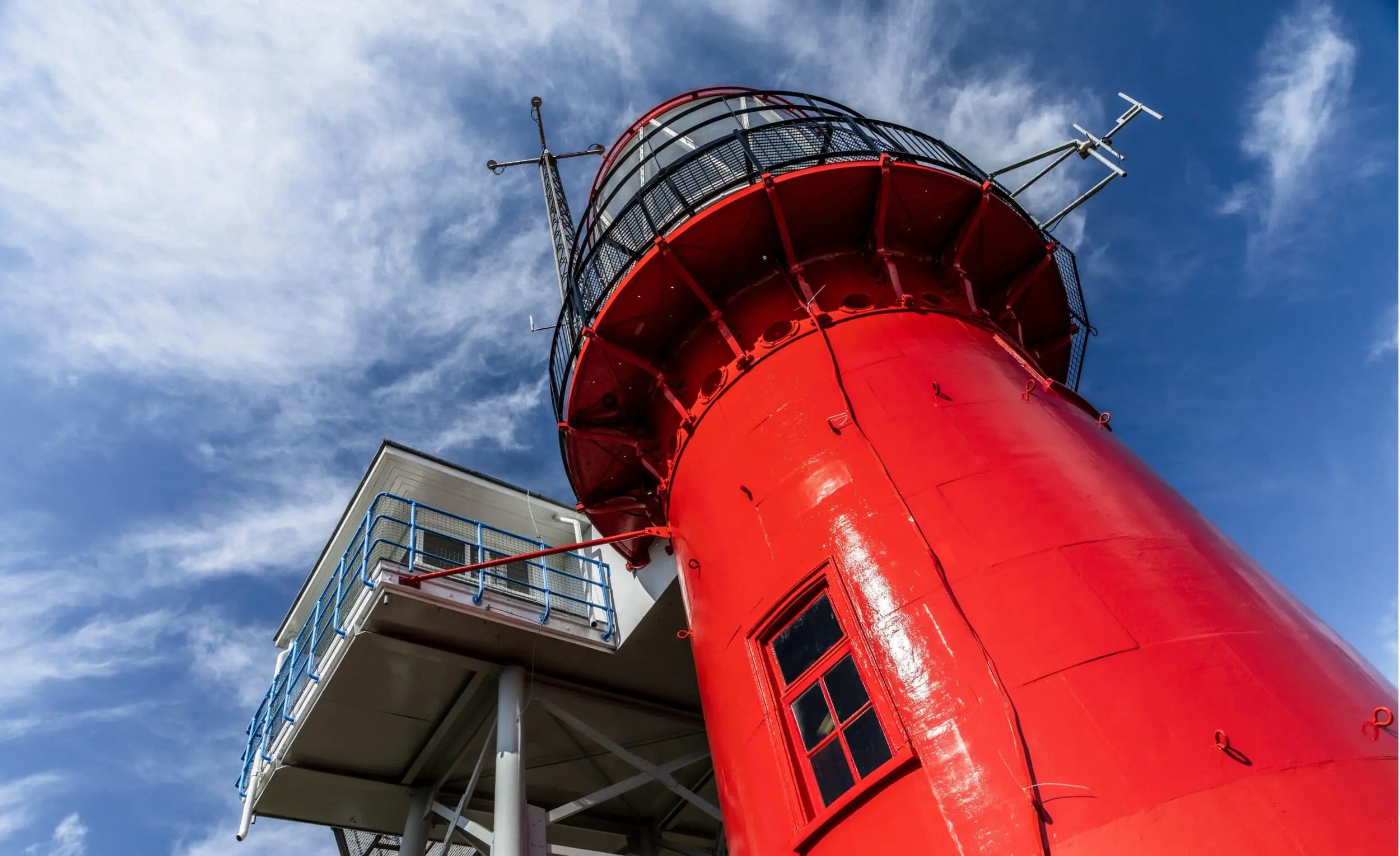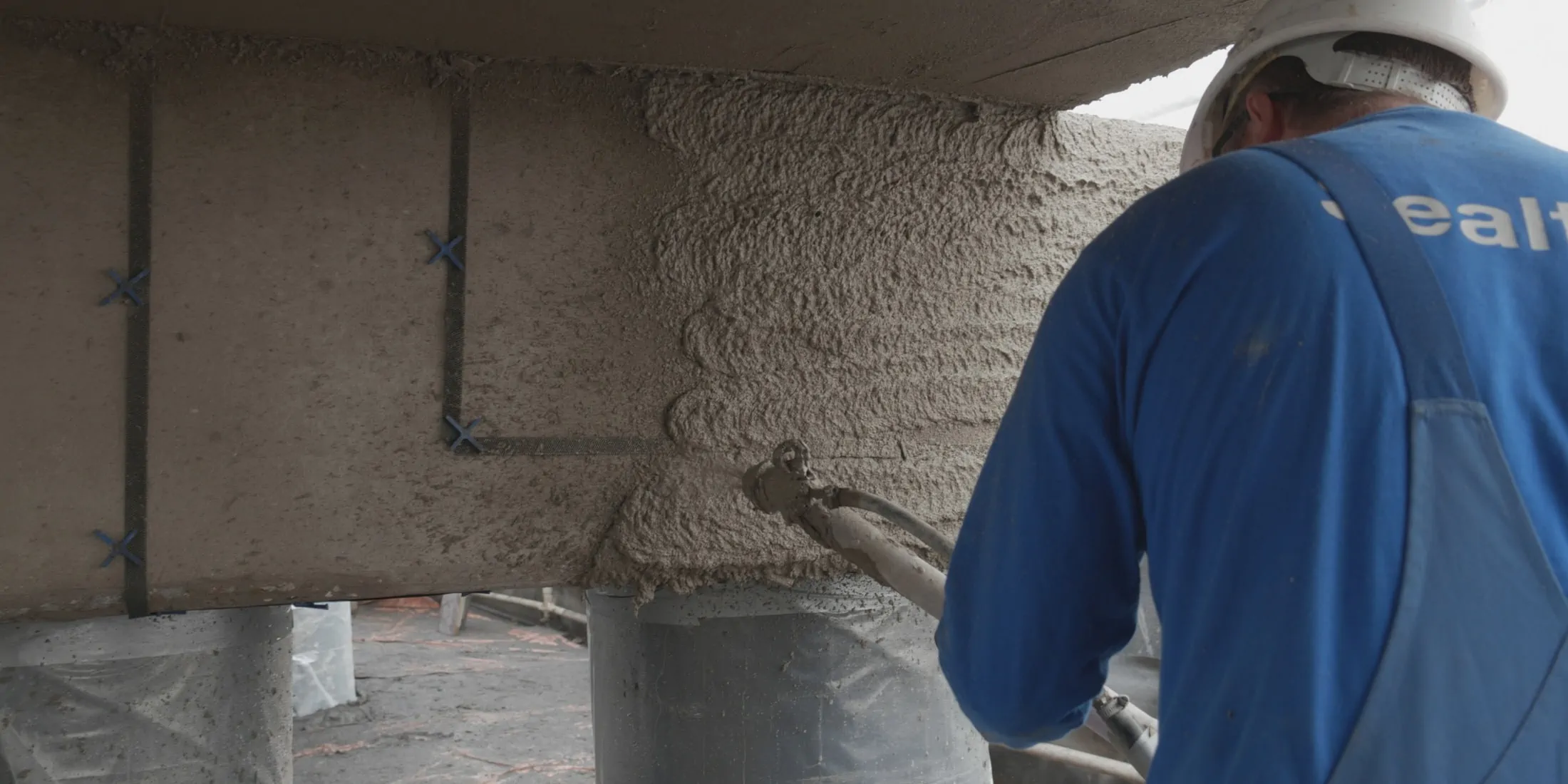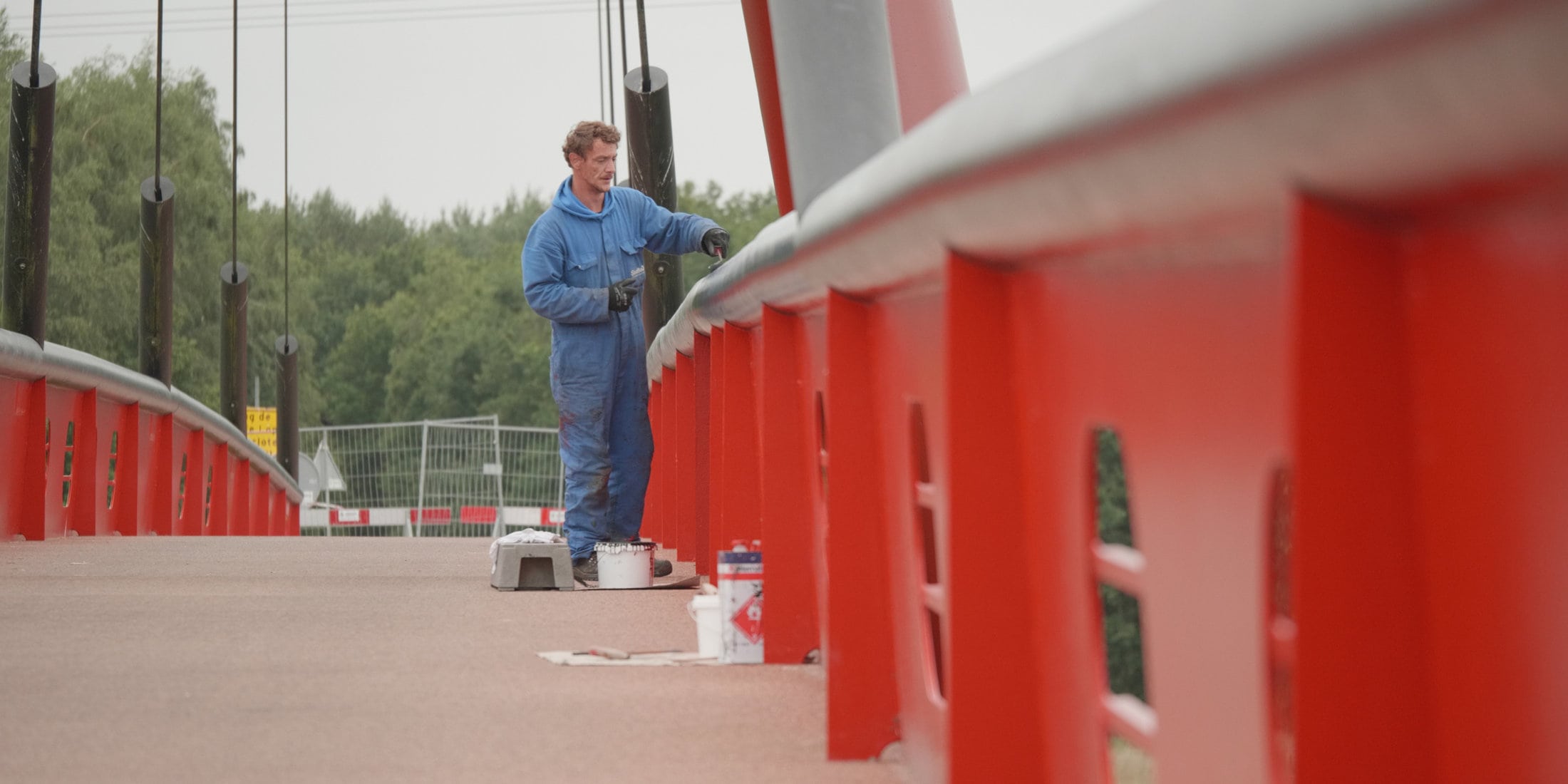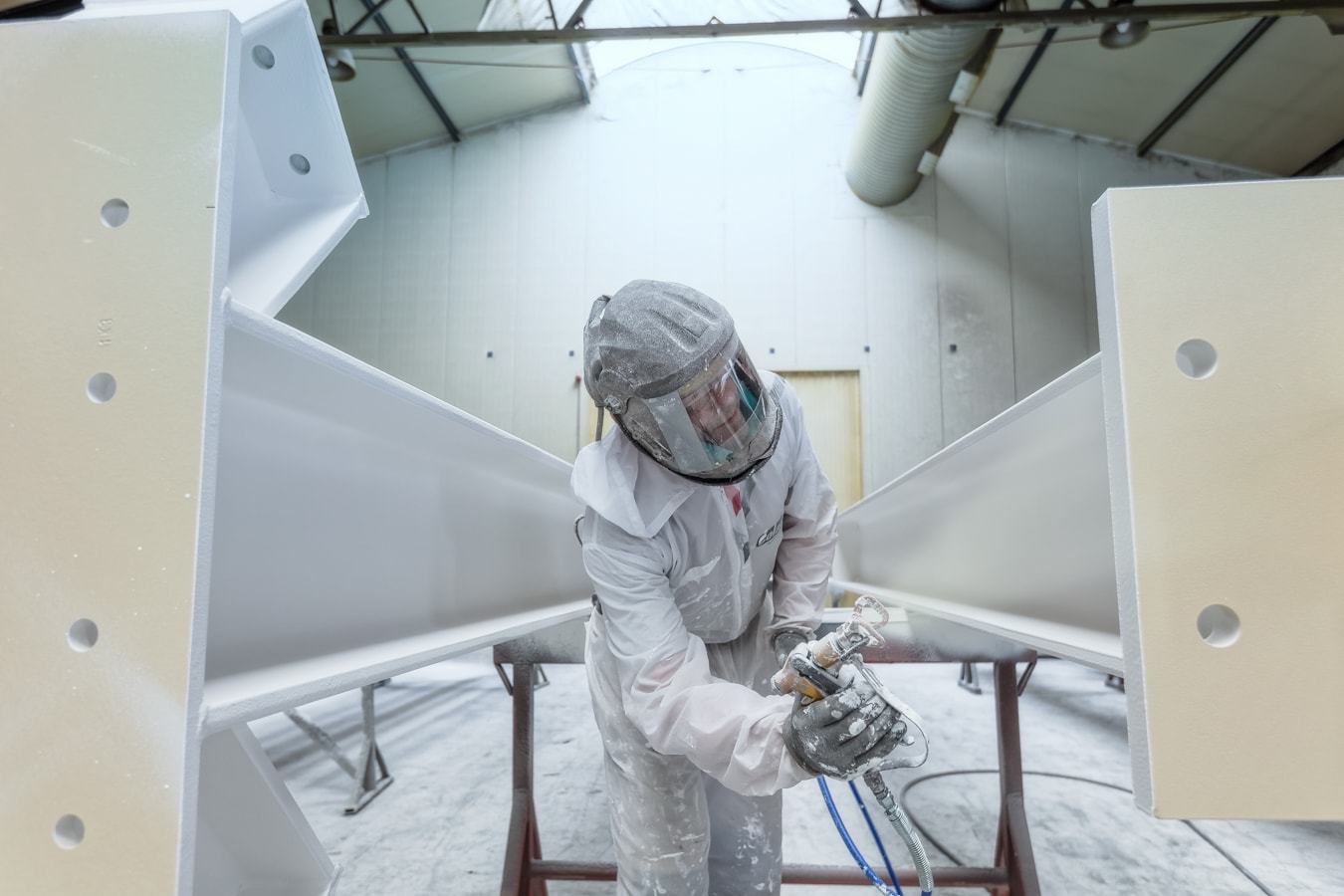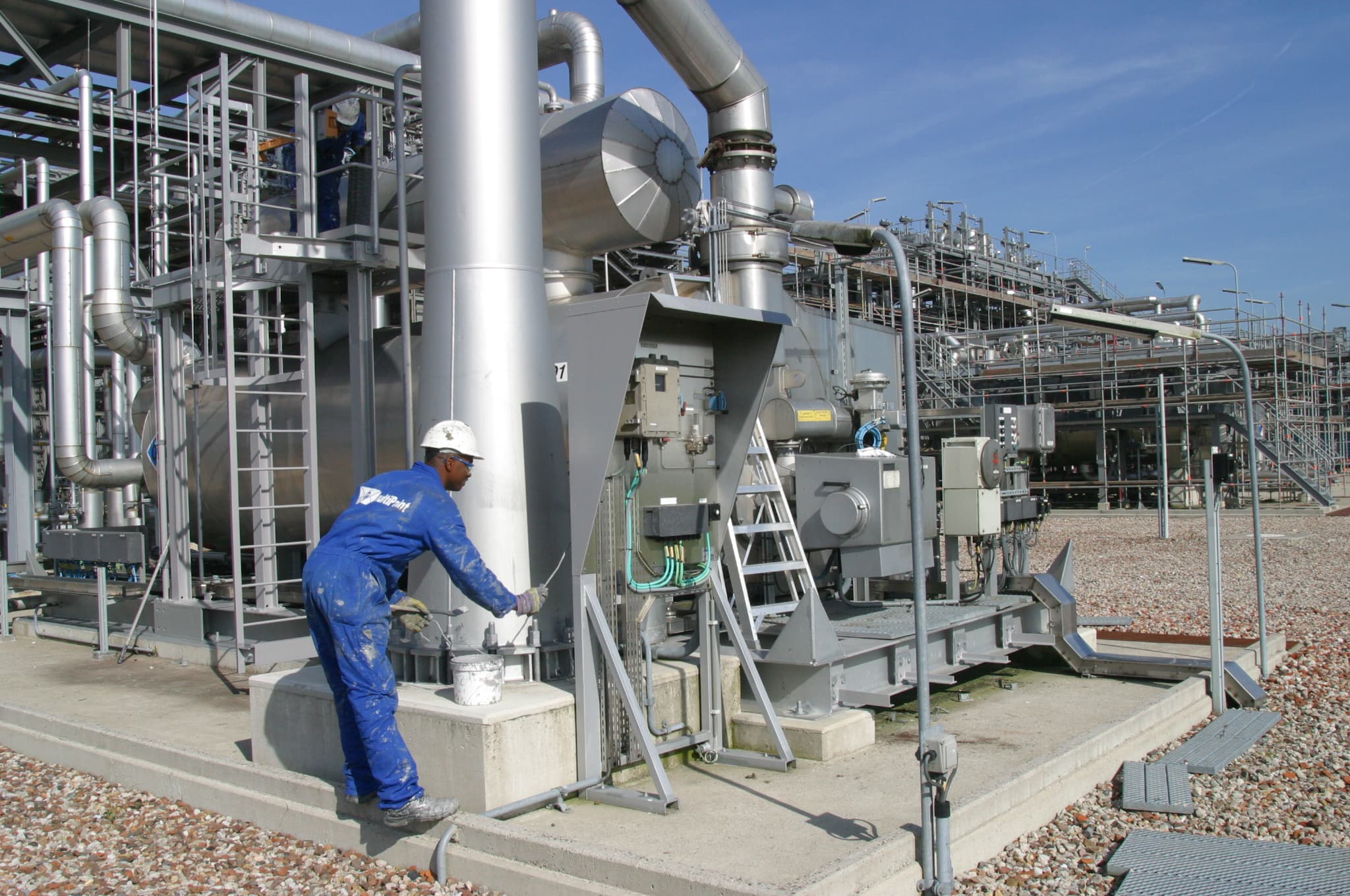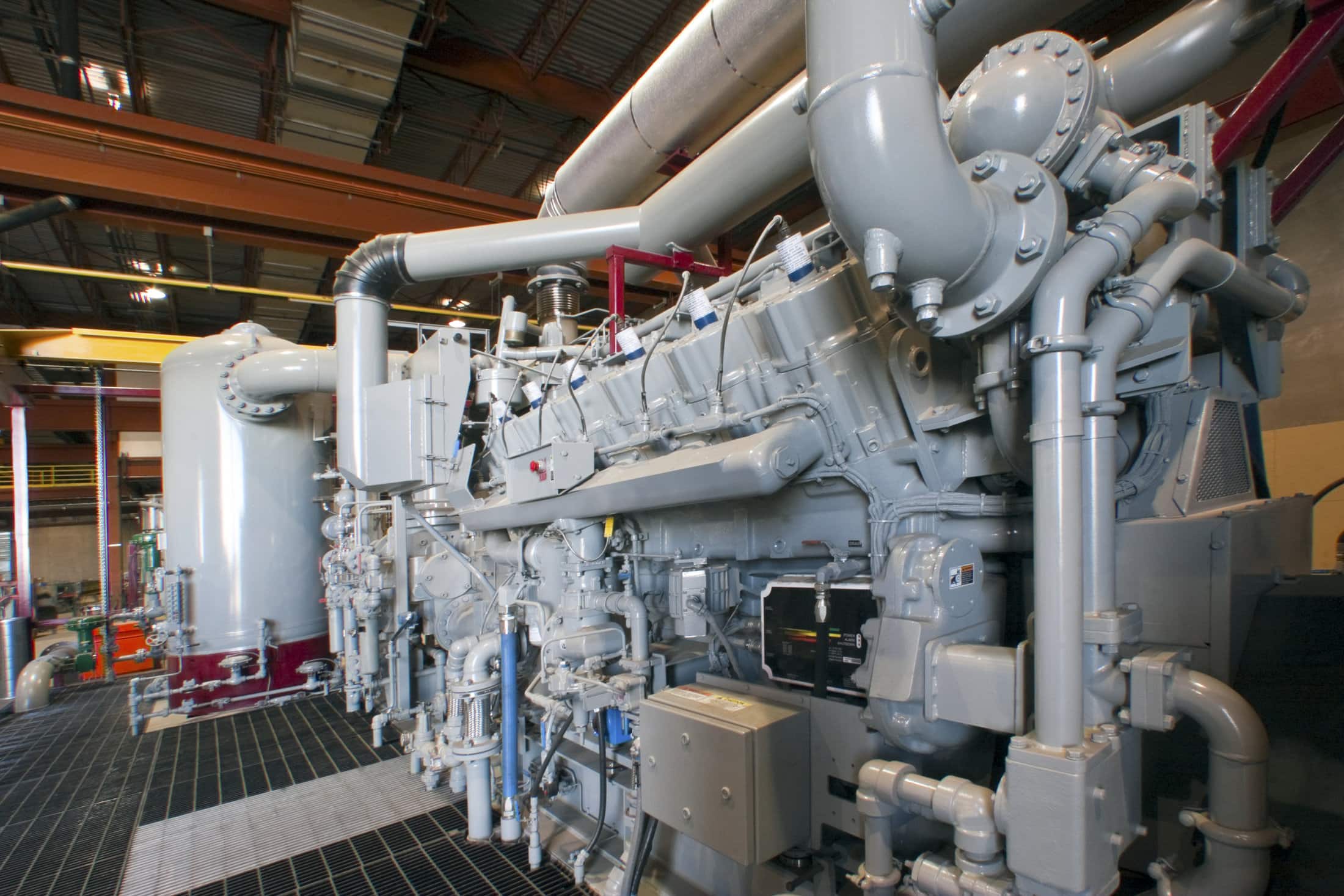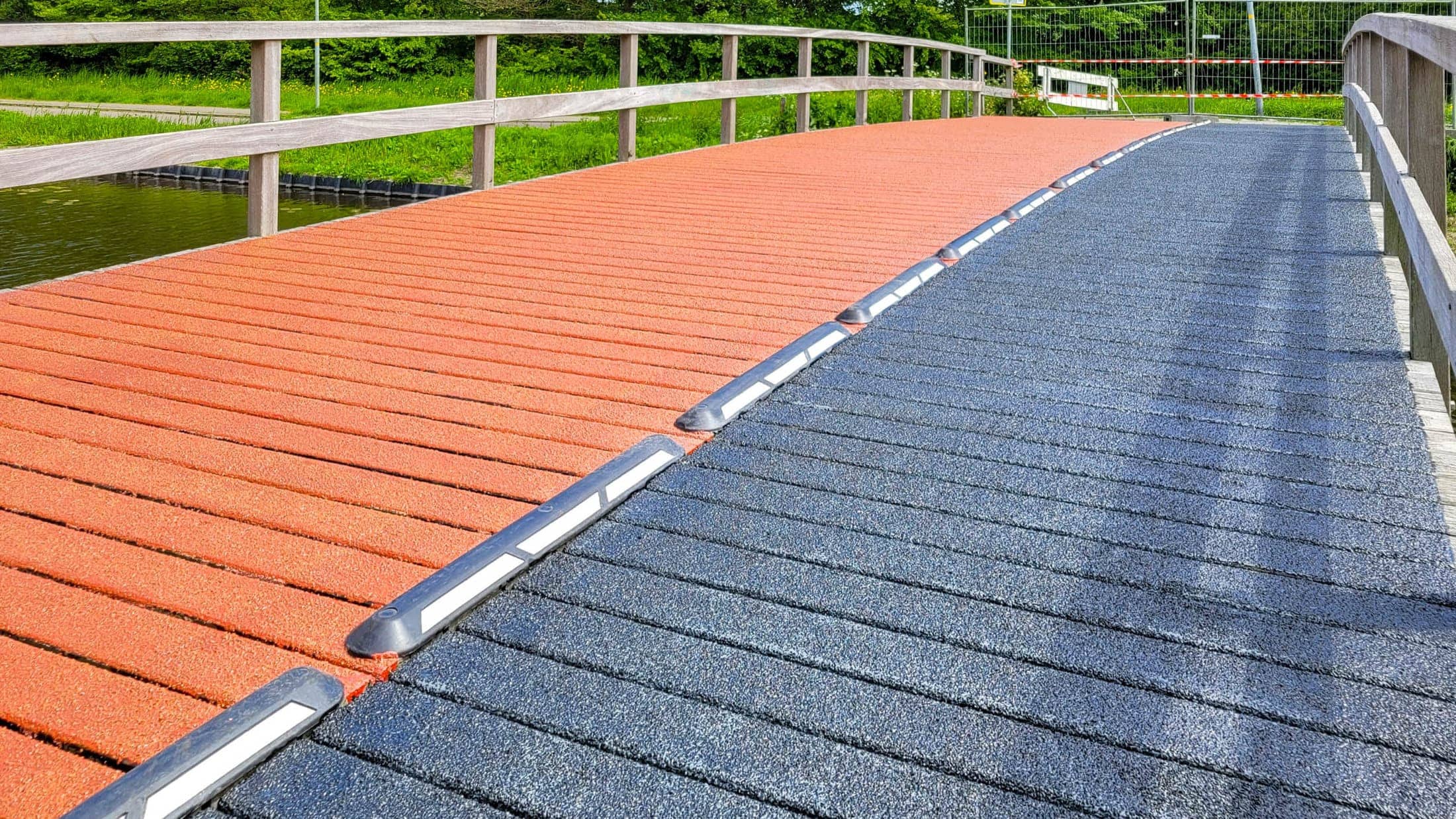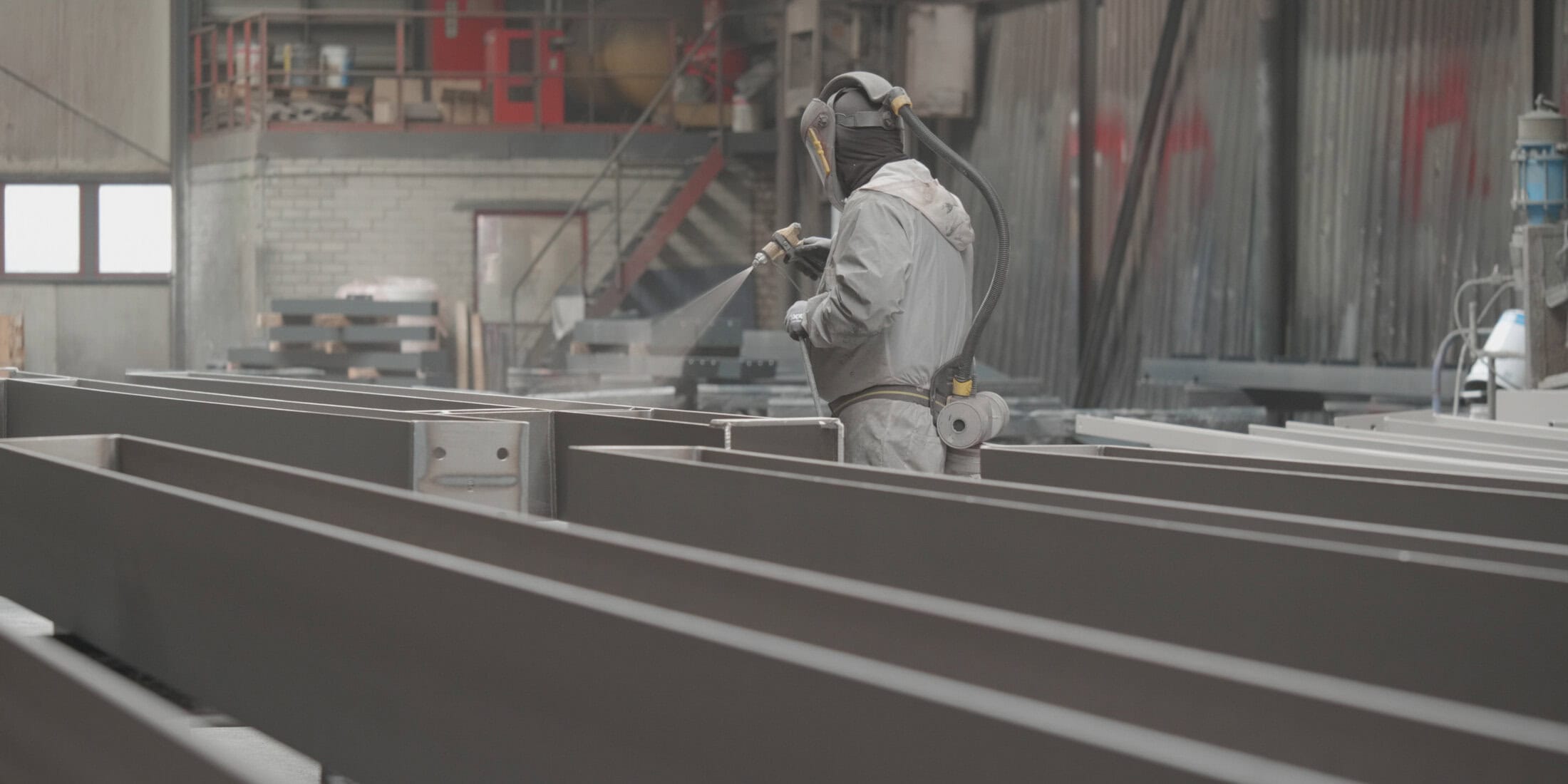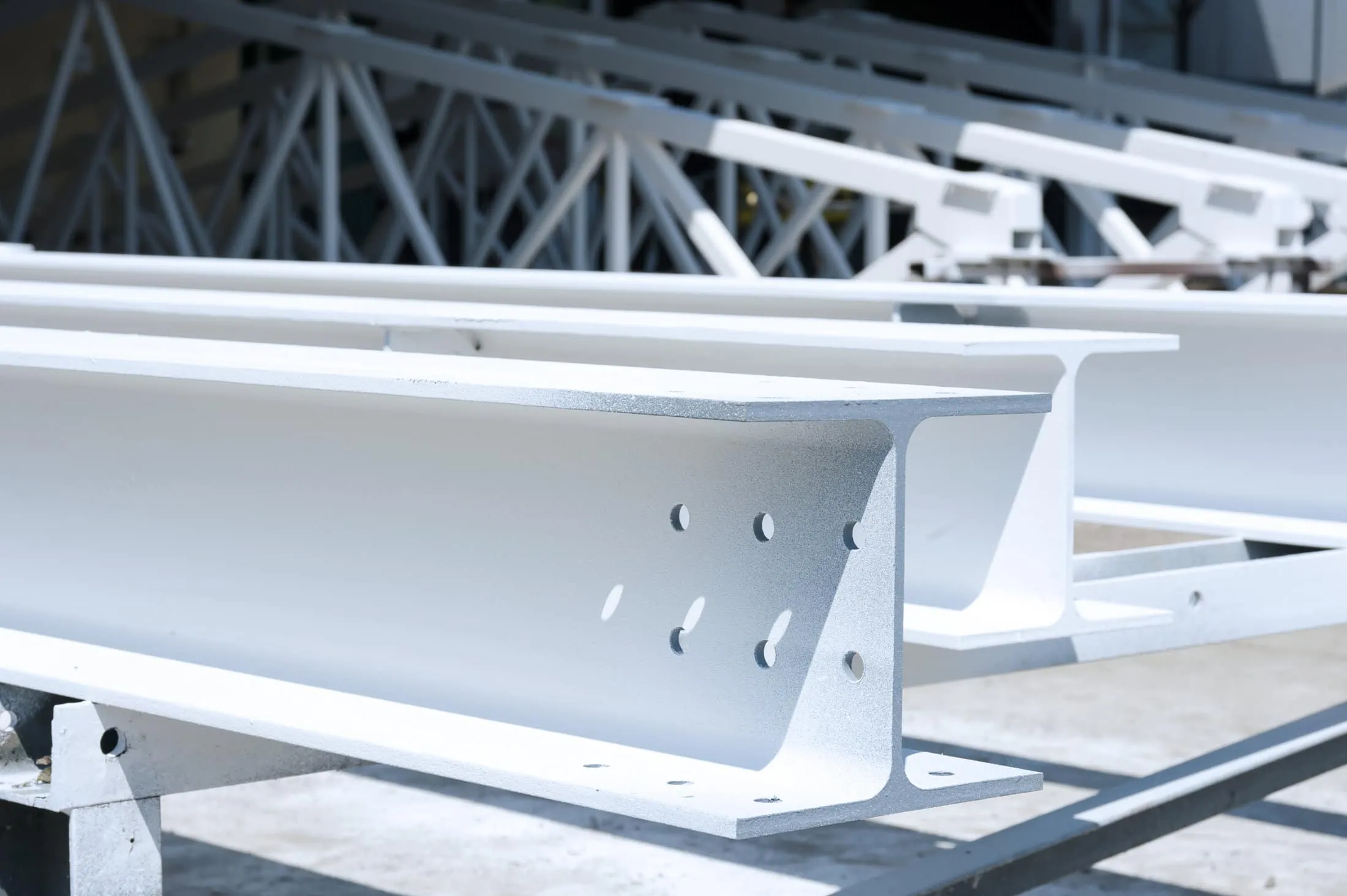Can I Powder Coat Galvanized Steel?
Yes, you can. Powder coating on galvanized steel requires proper pre-treatment to prevent adhesion problems. This combination, known as the duplex system, offers both corrosion protection and an aesthetic finish.
Which Metals Cannot be Powder Coated?
Metals that cannot withstand the high curing temperatures (approx. 180 – 200 °C) or are insufficiently pre-treated are less suitable for powder coating. Soft, low-melting metals or surfaces without proper pre-treatment can cause adhesion problems.
Is Powder-Coated Steel Better than Galvanized Steel?
Both have their advantages. Powder coating offers a hard, wear-resistant, and aesthetically attractive finish, while galvanizing provides excellent corrosion protection. The combination of both, the duplex system, delivers the best protection and durability.
What is more Expensive, Galvanizing or Powder Coating?
Costs vary depending on the object and complexity. Generally, powder coating is more expensive than galvanizing. For example, industrial-scale powder coating costs approximately €15 – €20 per m², while galvanizing is usually billed per kilogram and is typically cheaper.
How Long Does Powder Coating Last on Steel?
The lifespan of a powder coating on steel typically ranges between 15 and 20 years, depending on factors such as the quality of the coating, the pre-treatment, the application, and environmental conditions. In less aggressive environments and with good maintenance, the lifespan can even be longer.
How Thick is a Typical Coating Layer?
The thickness of a powder coating layer is usually between 60 and 120 micrometers (µm). For indoor applications, a thickness of approximately 60 µm is common, while for outdoor applications, a thicker layer of about 120 µm is often applied to provide extra protection against weather influences.


